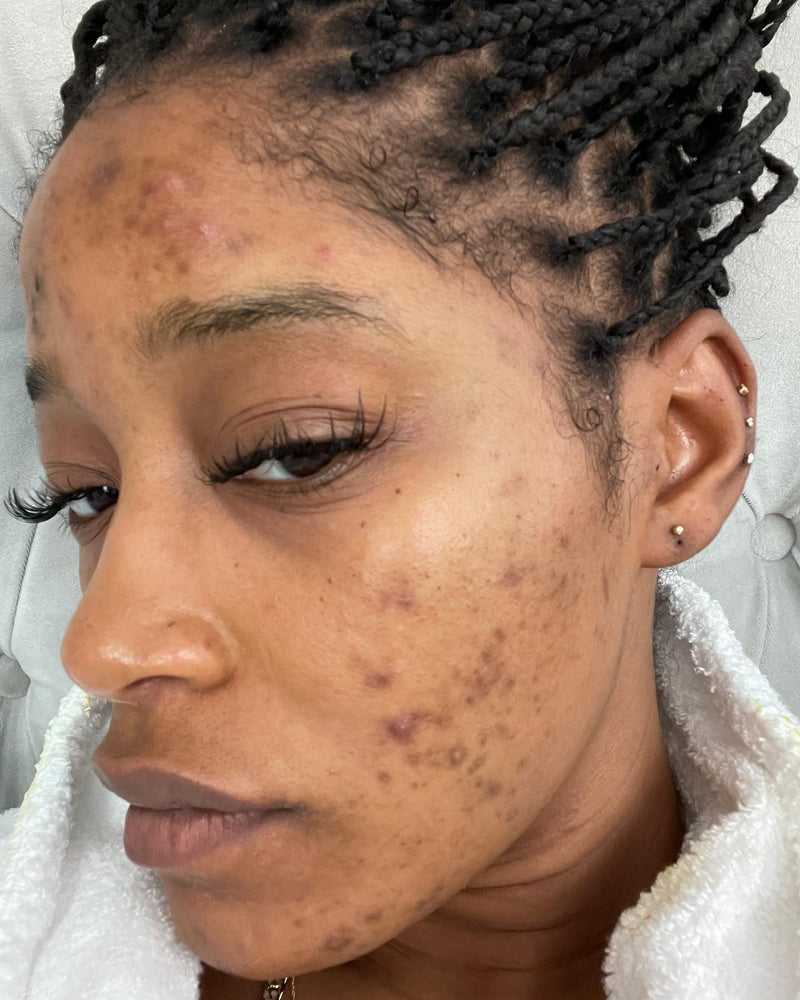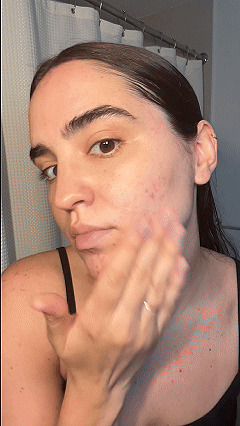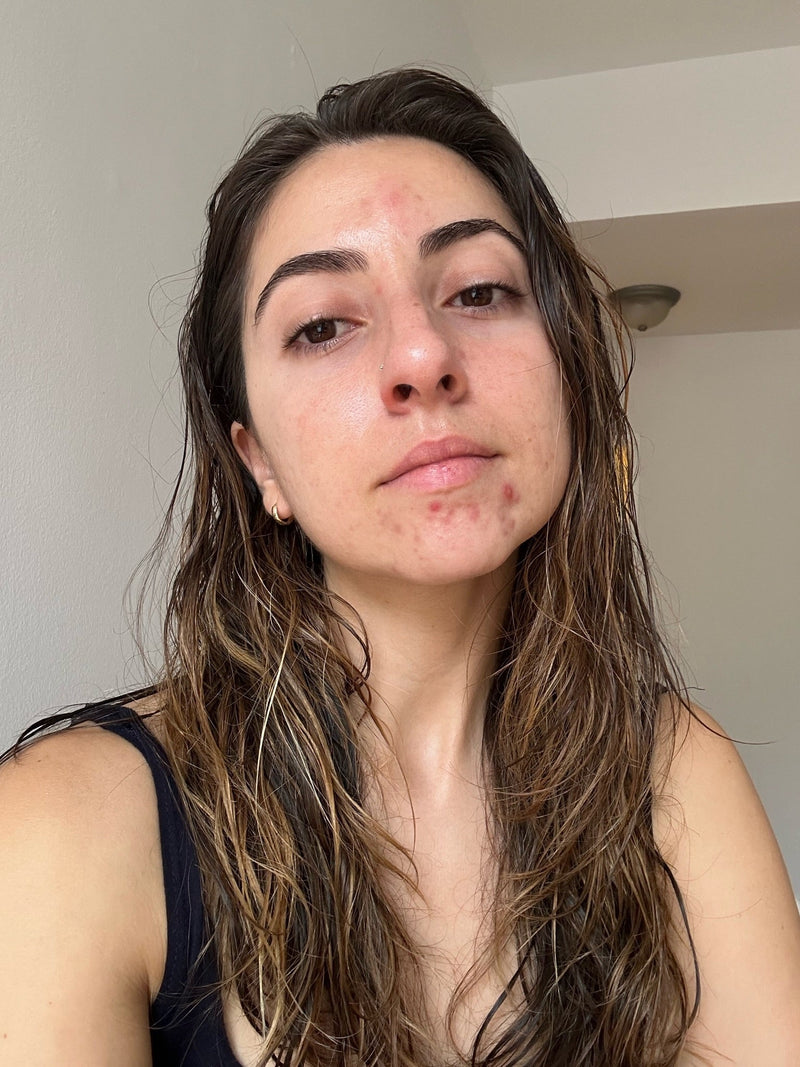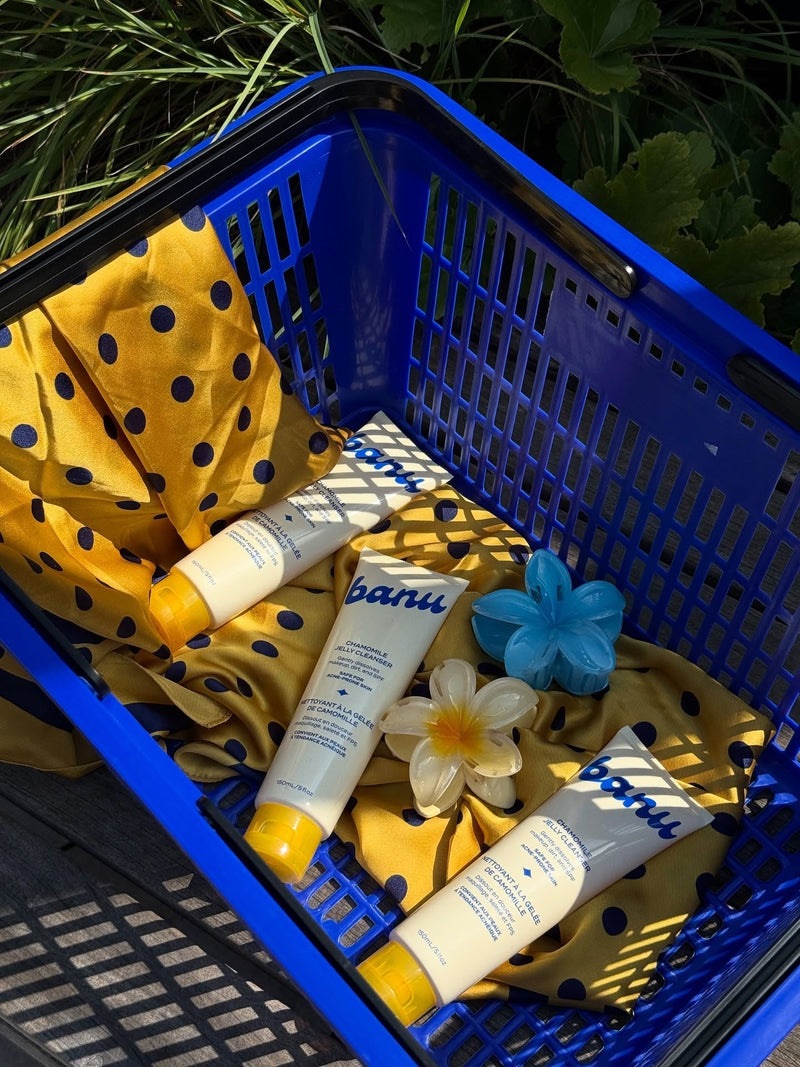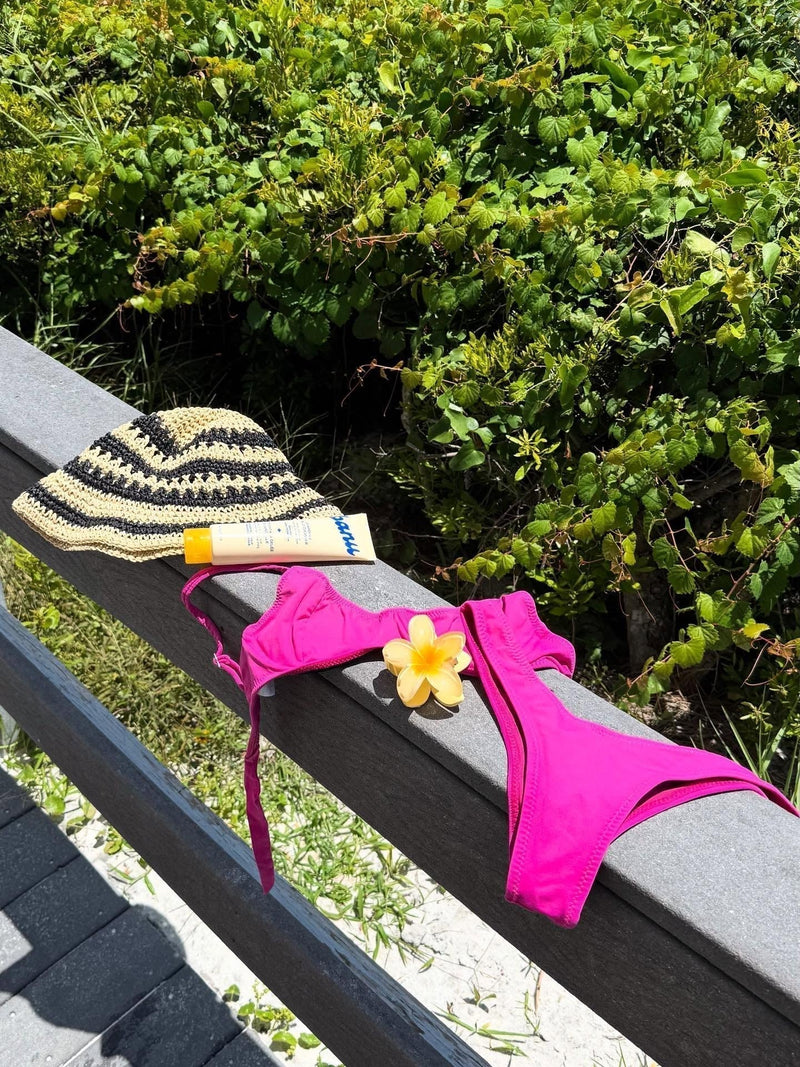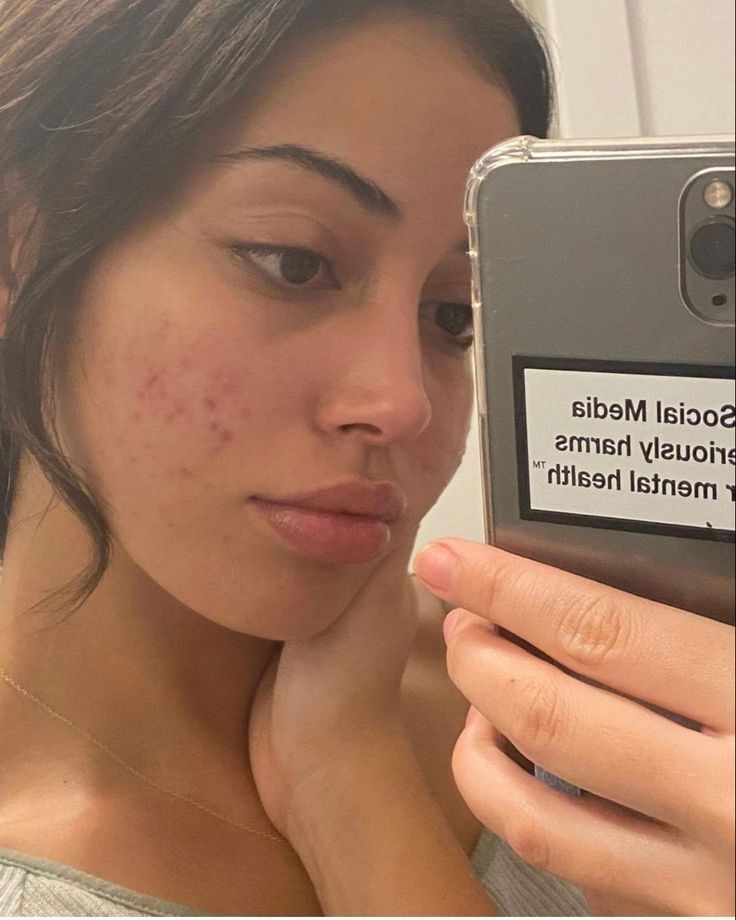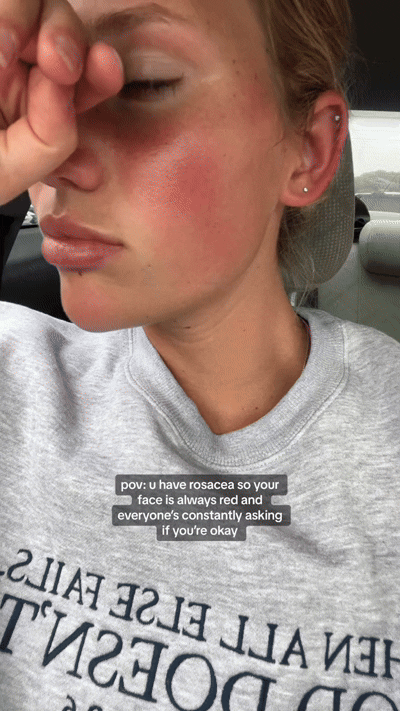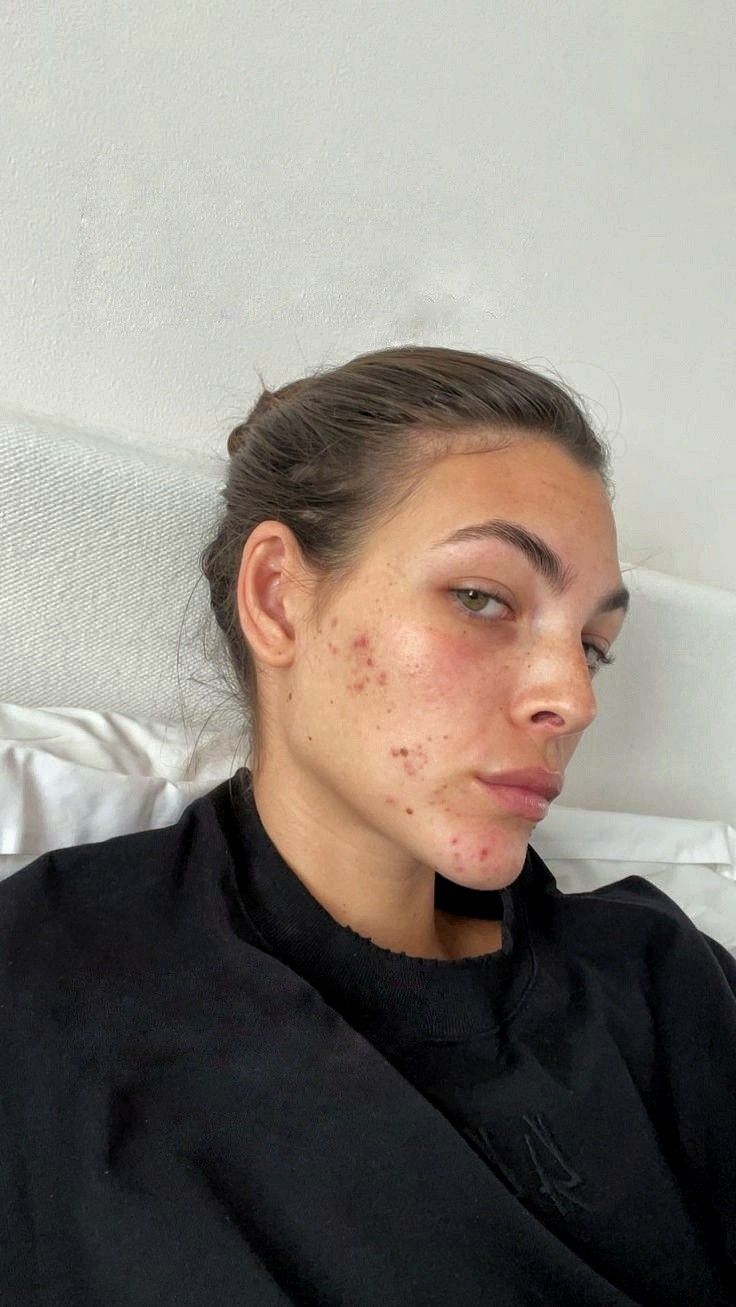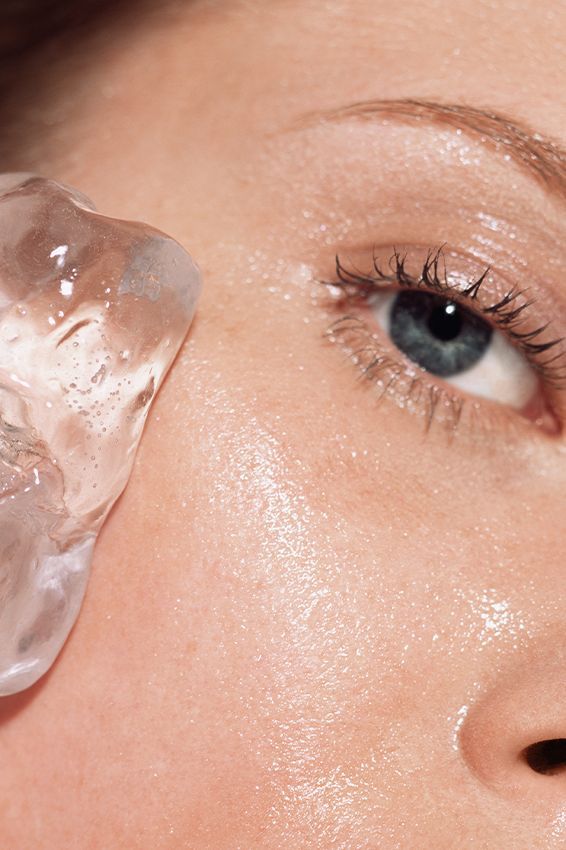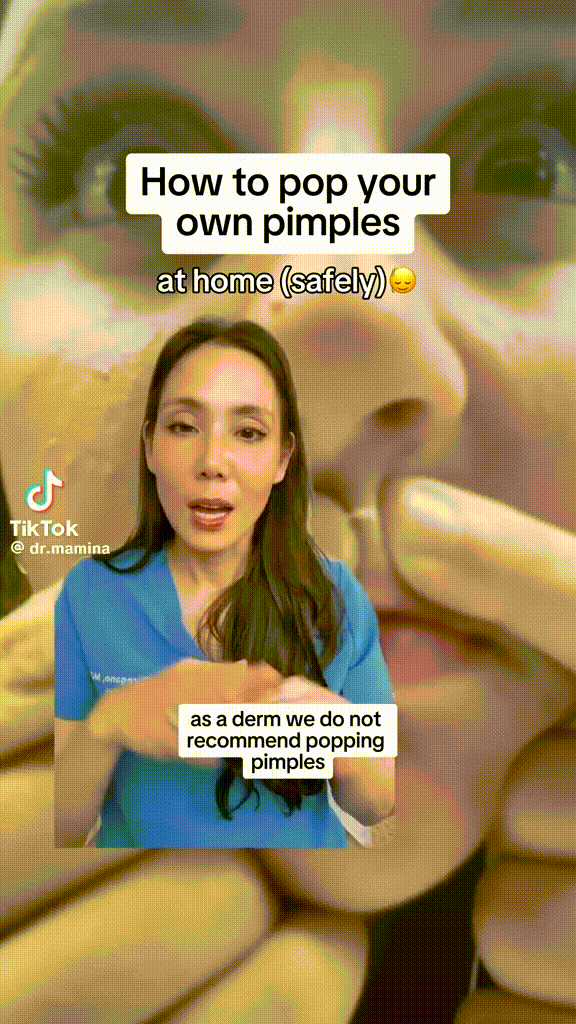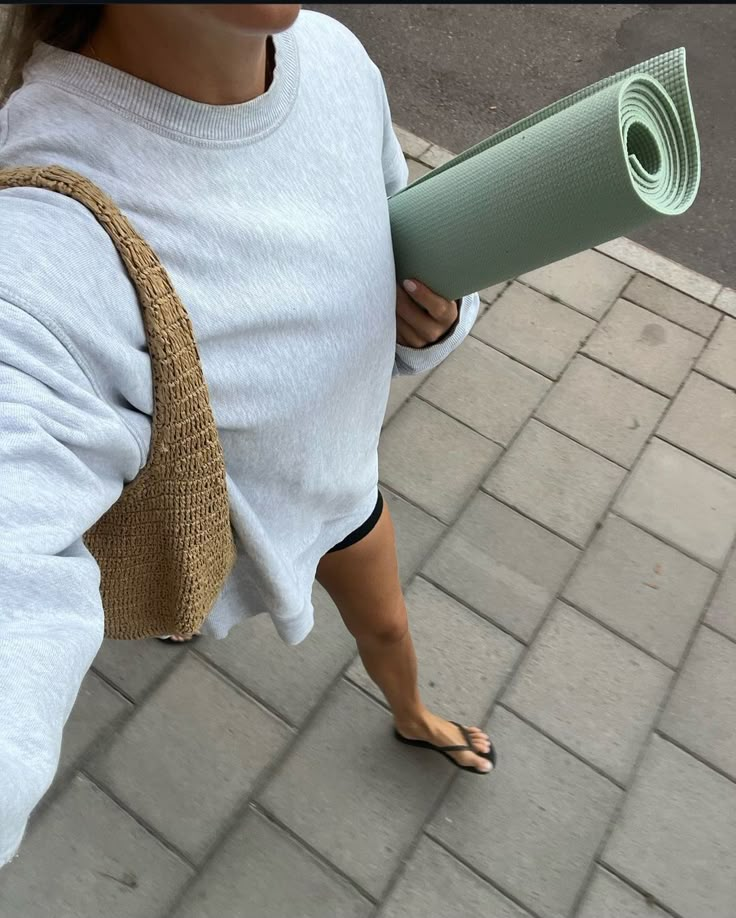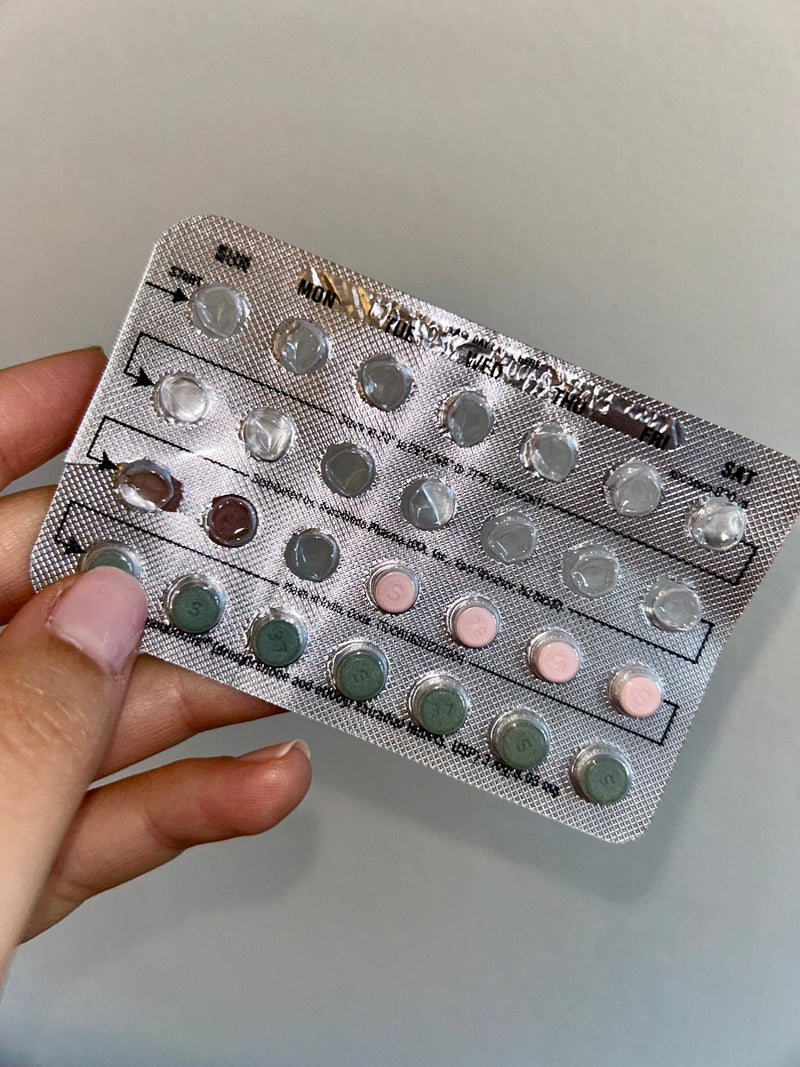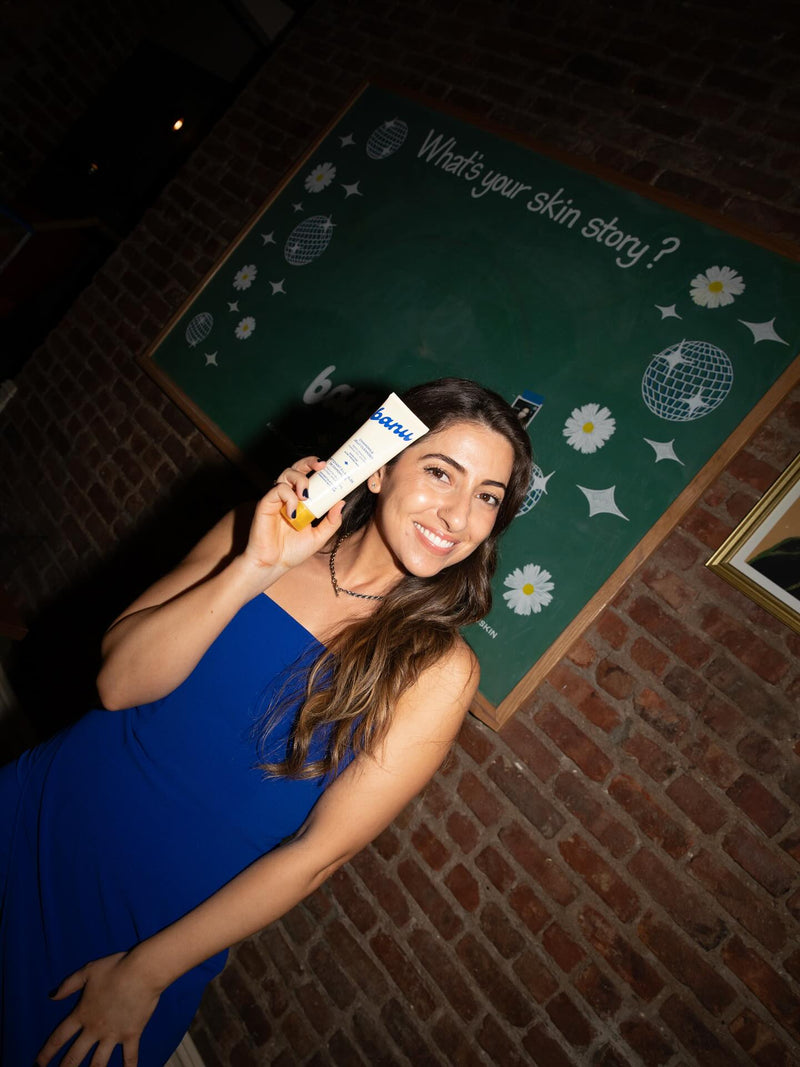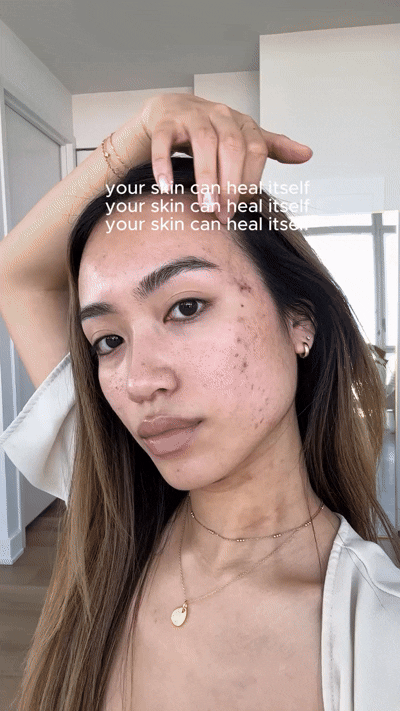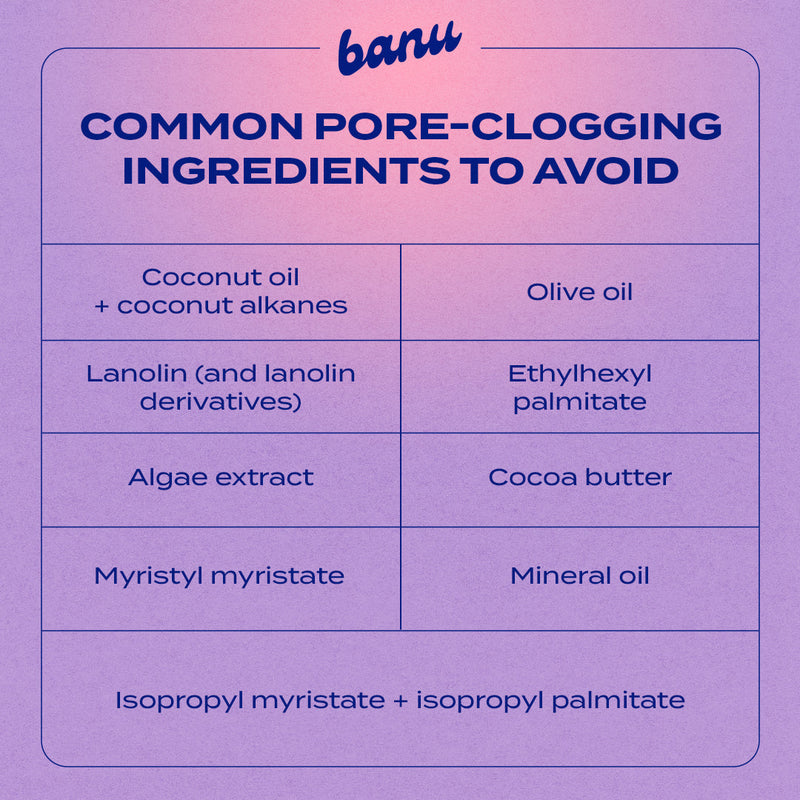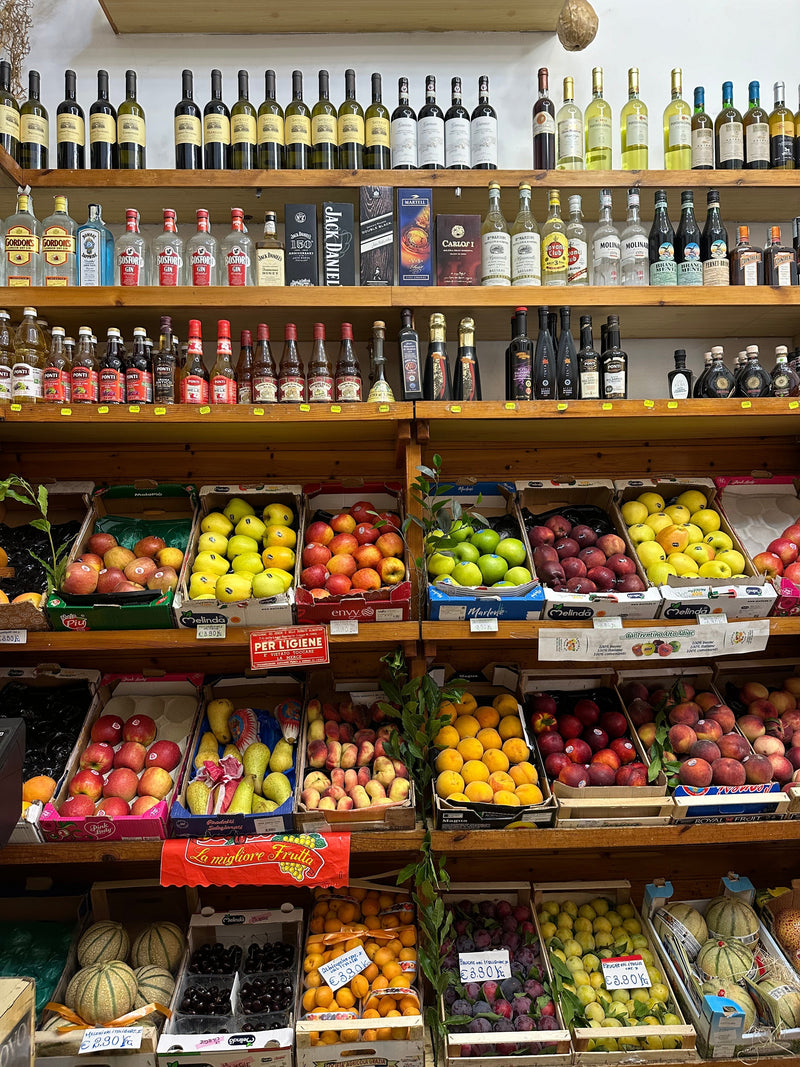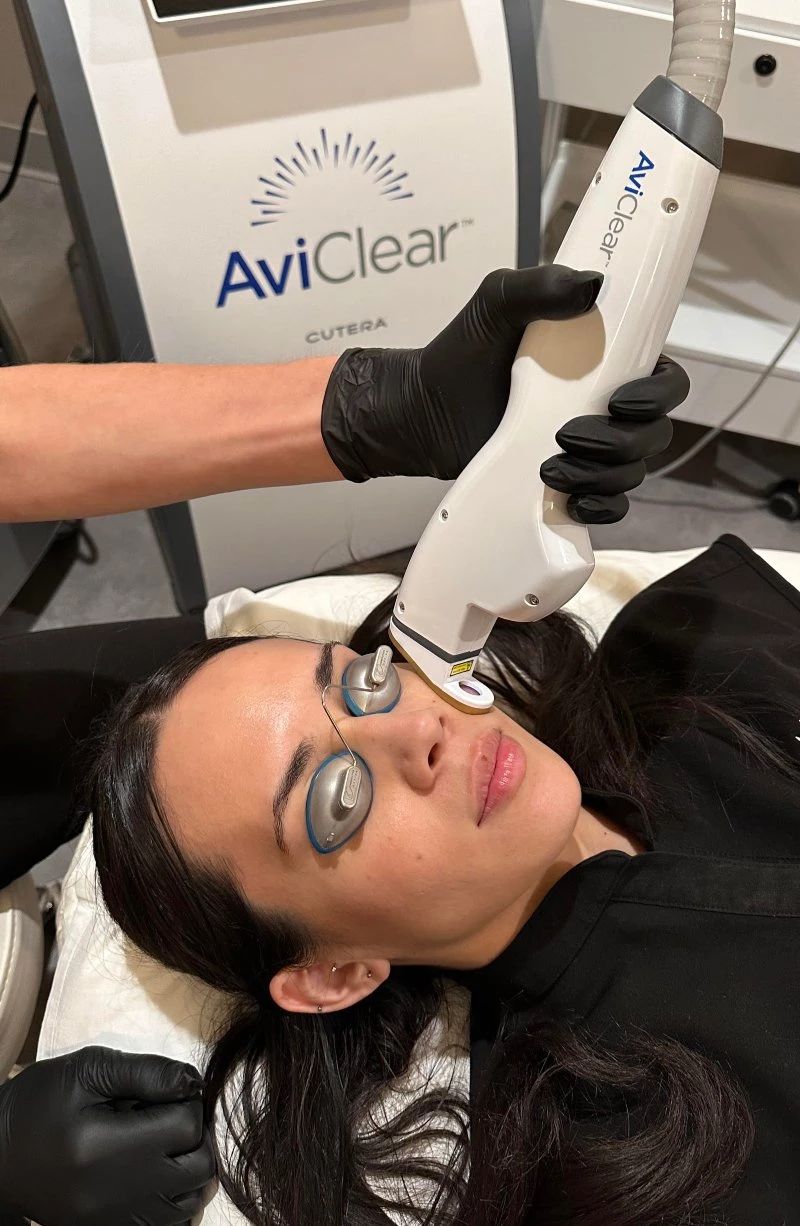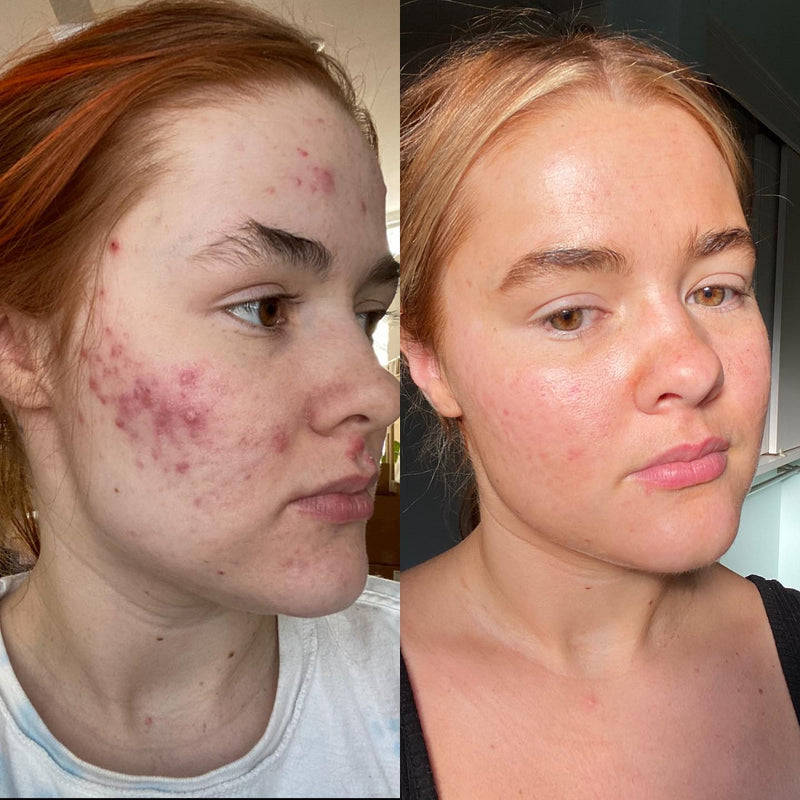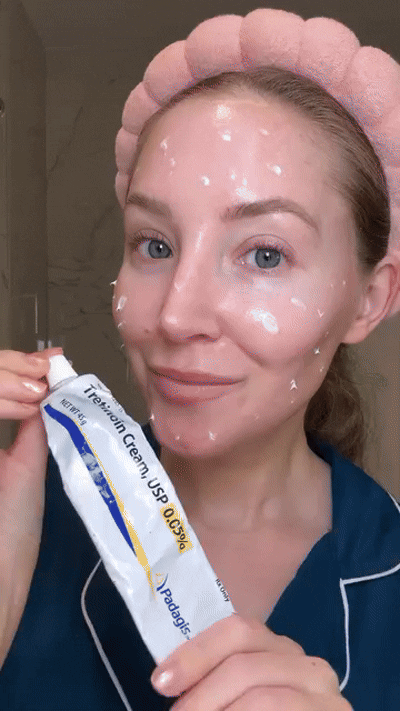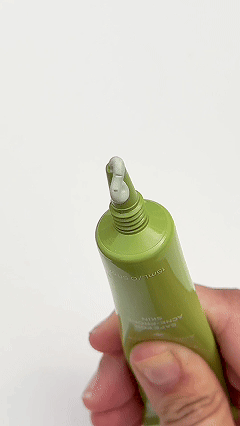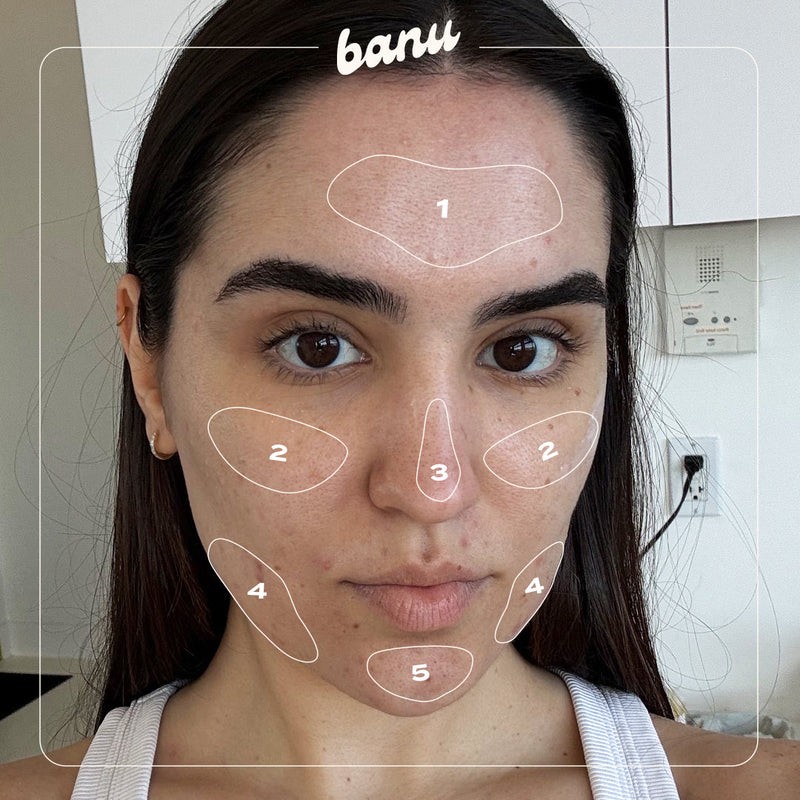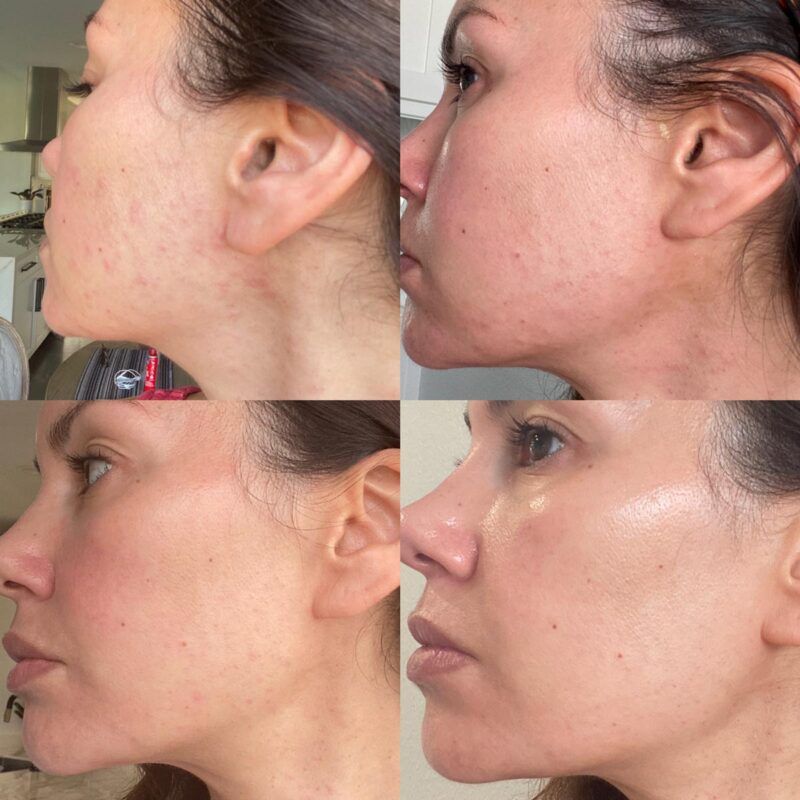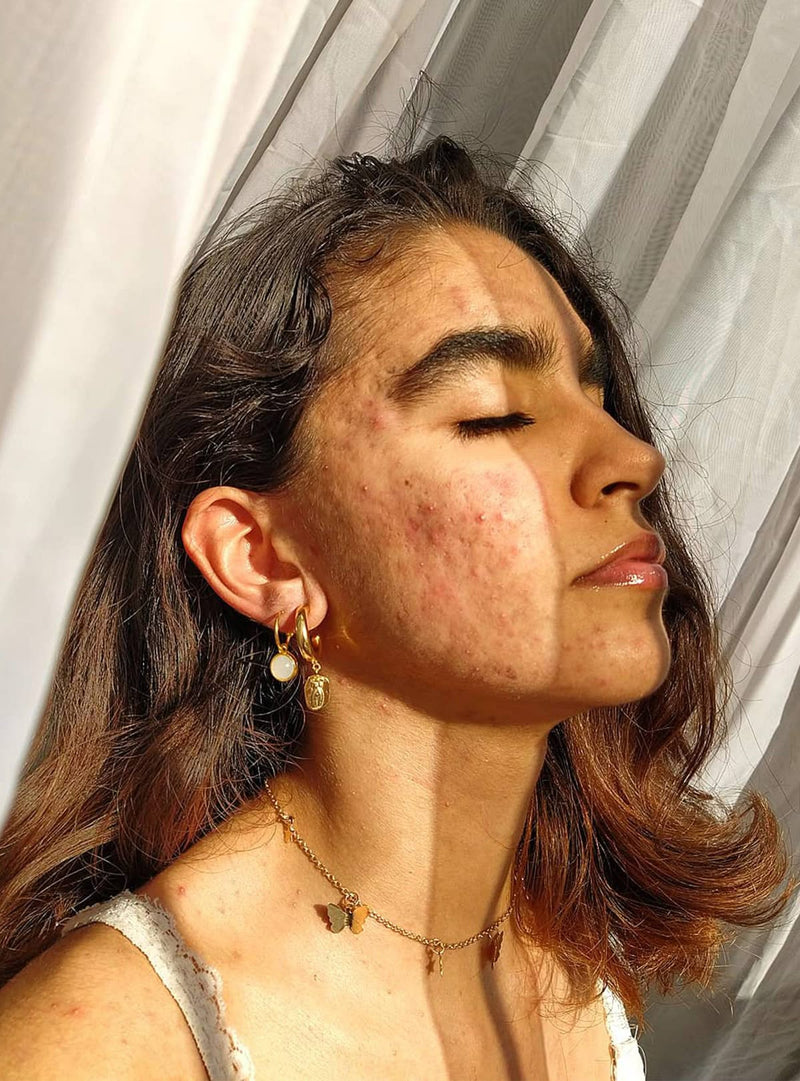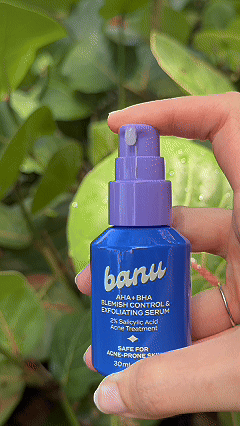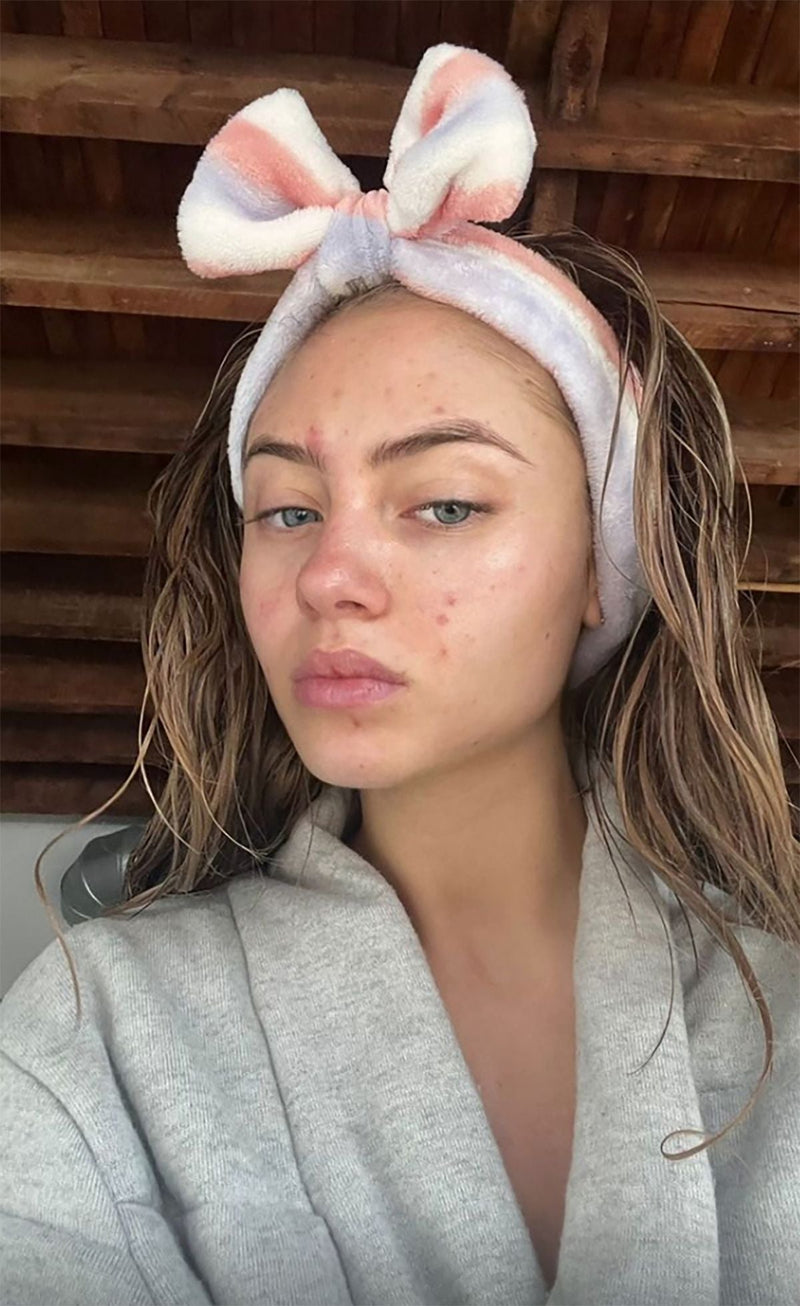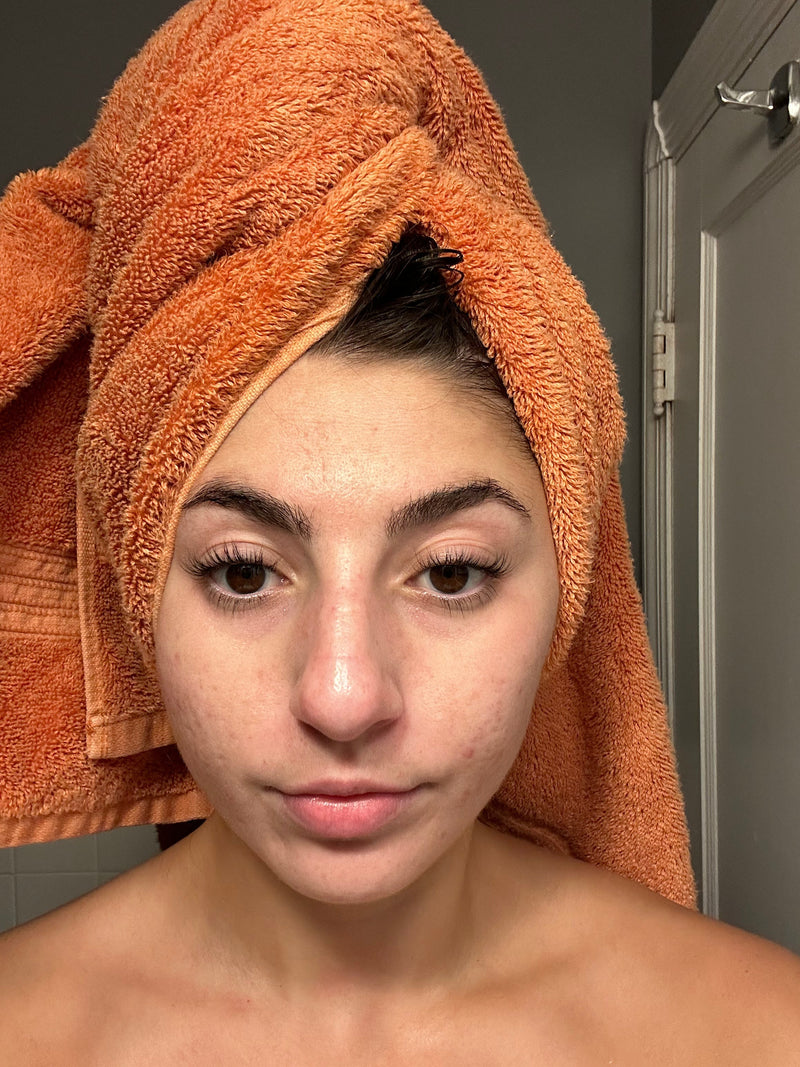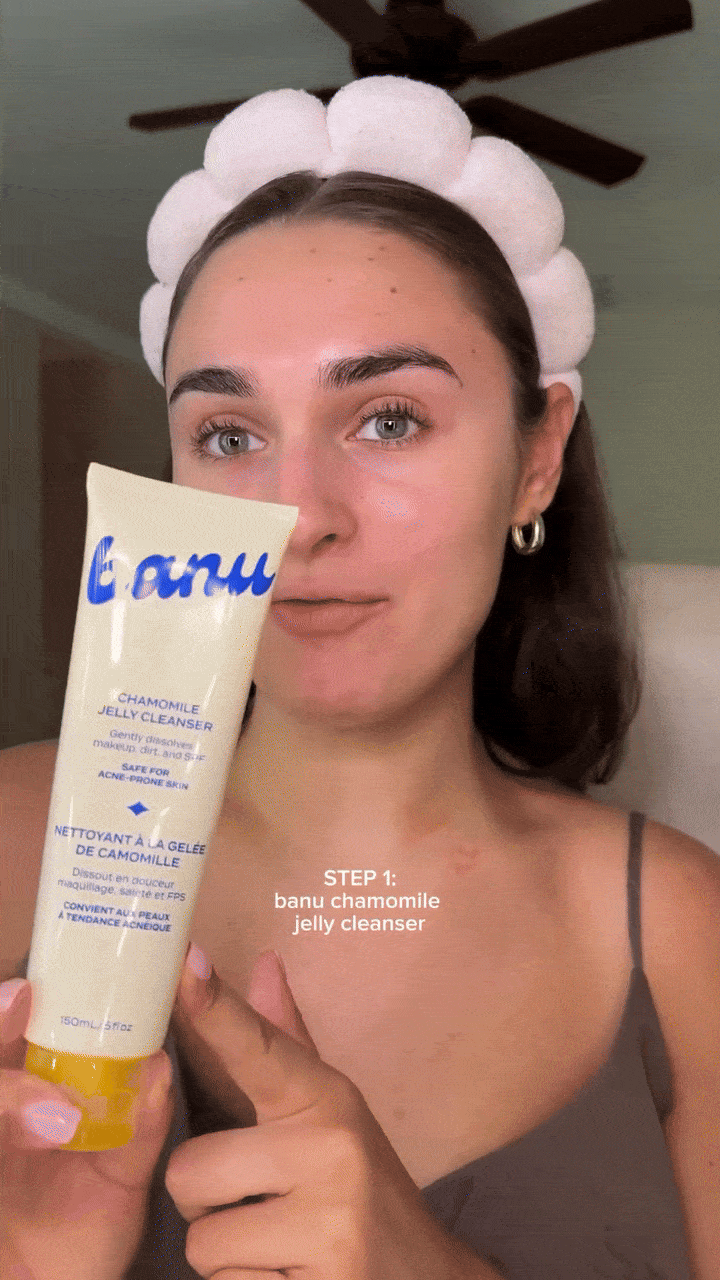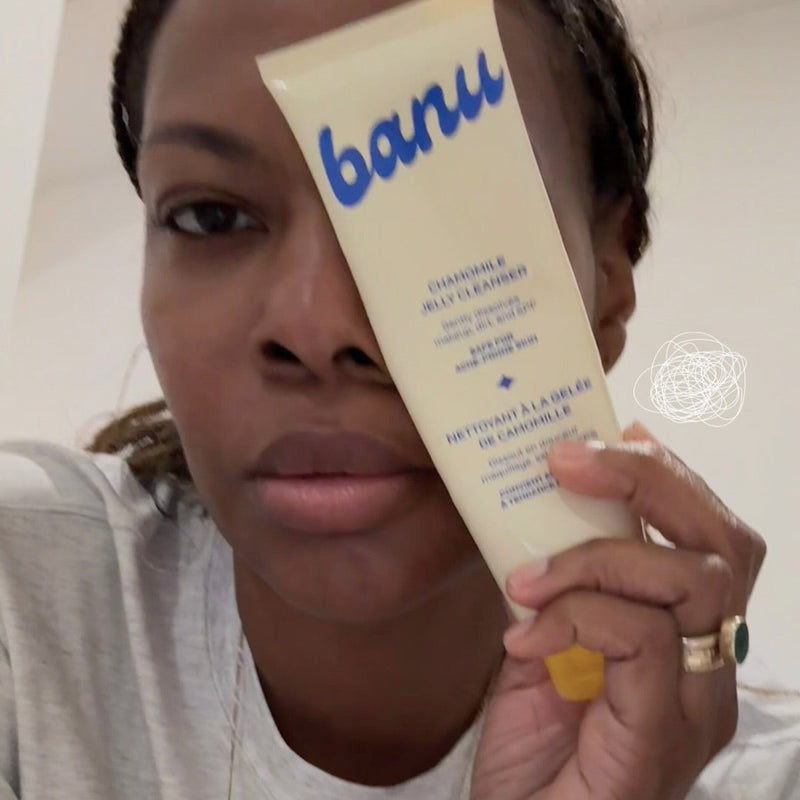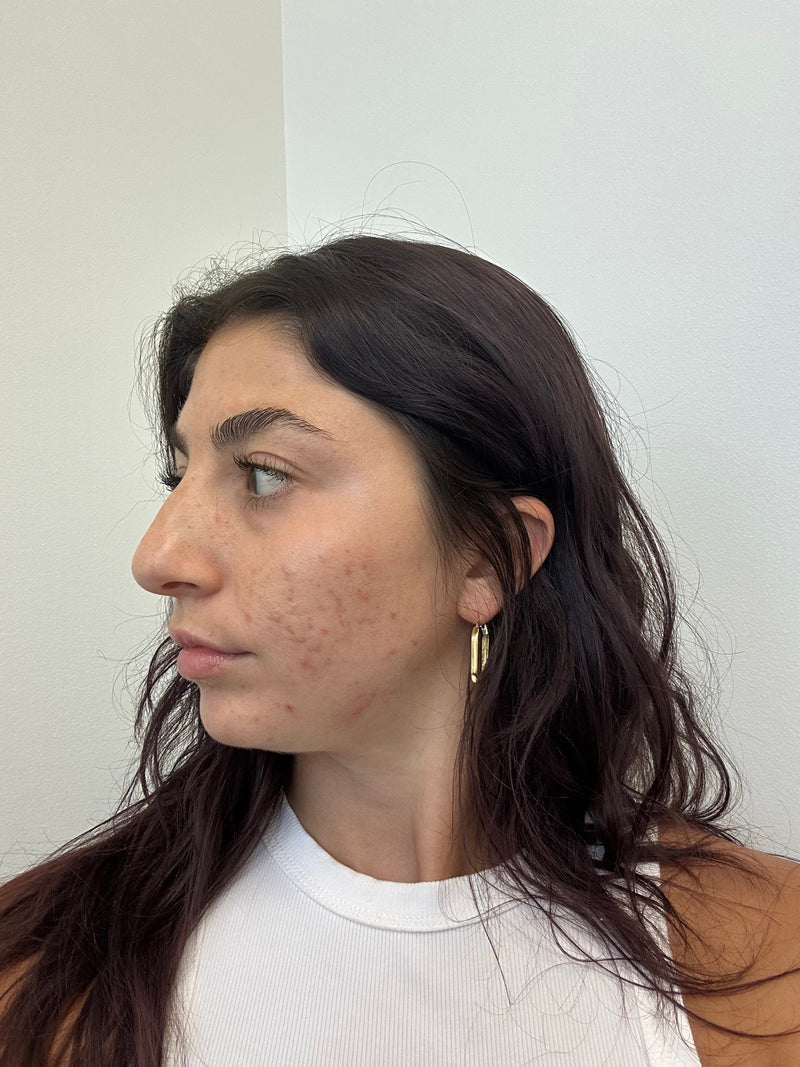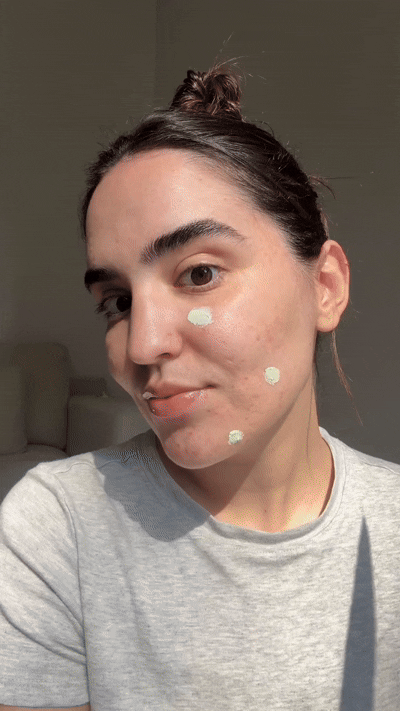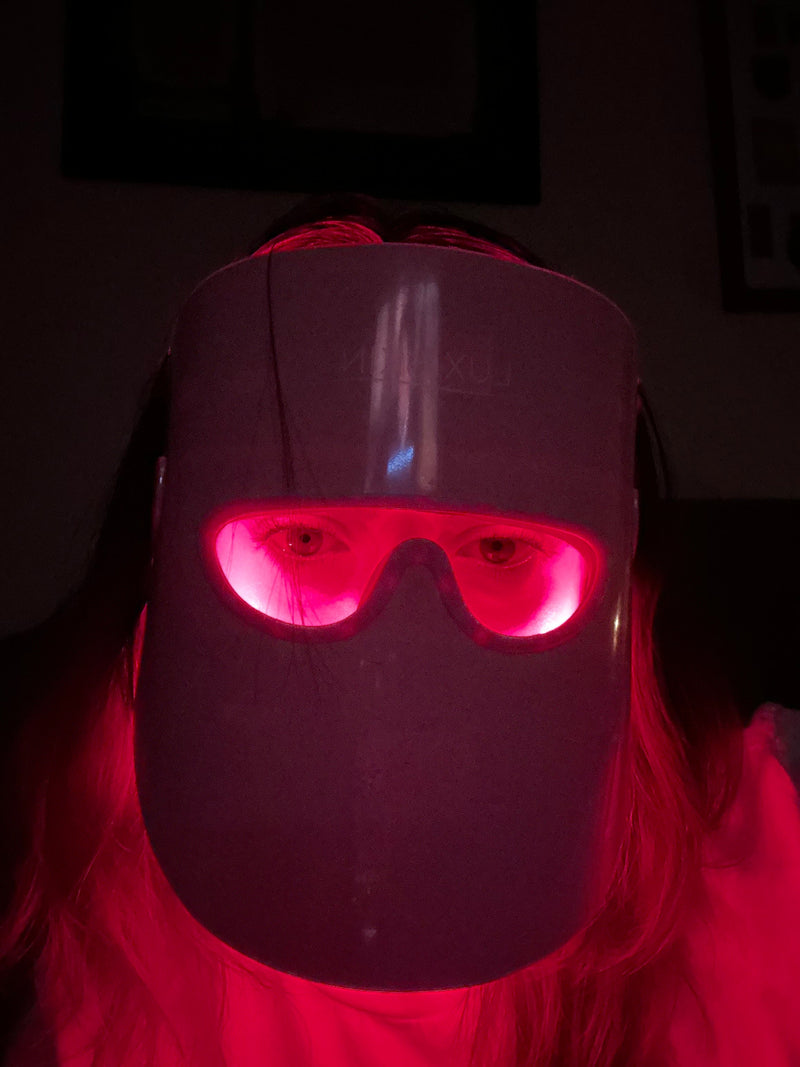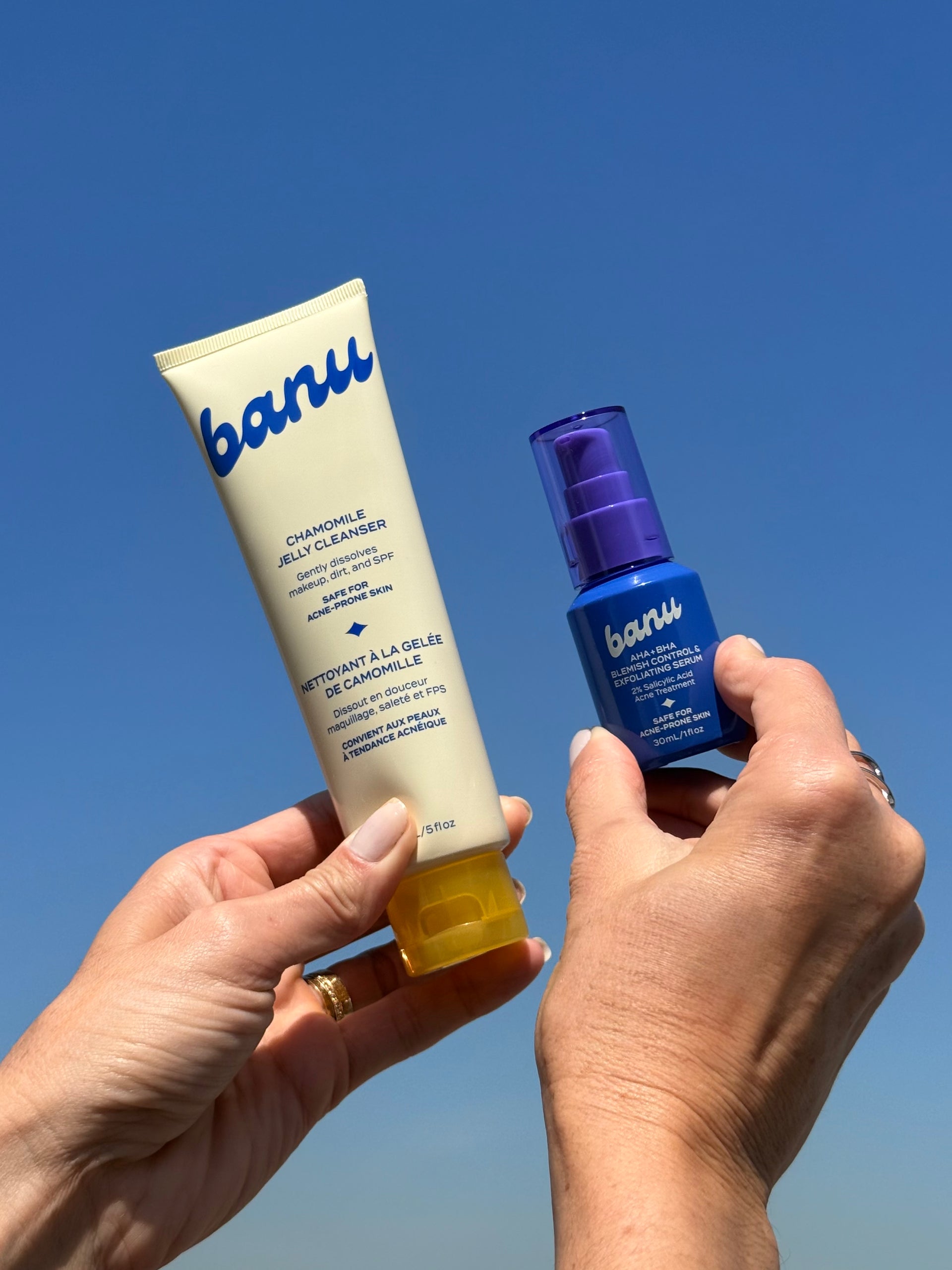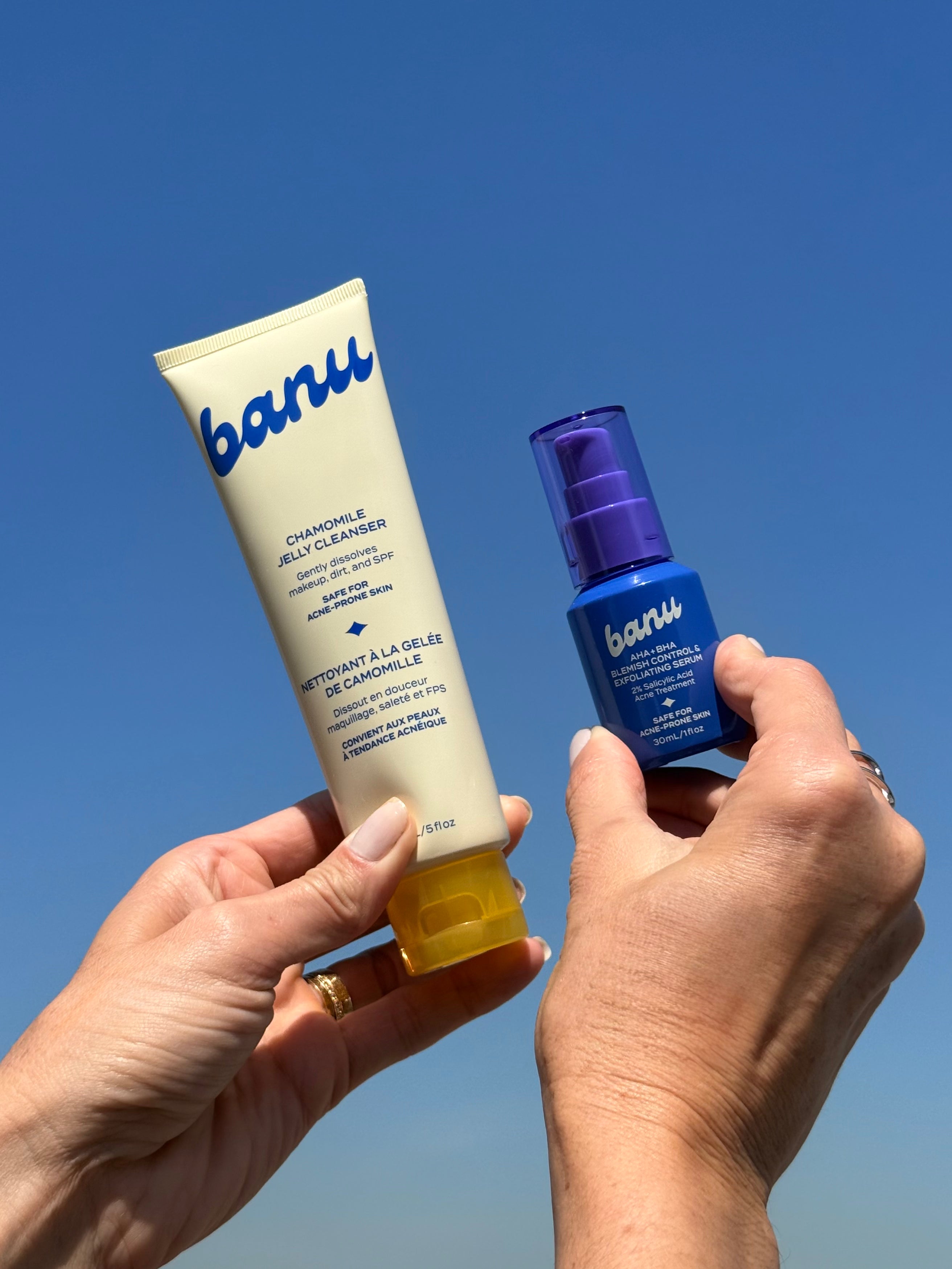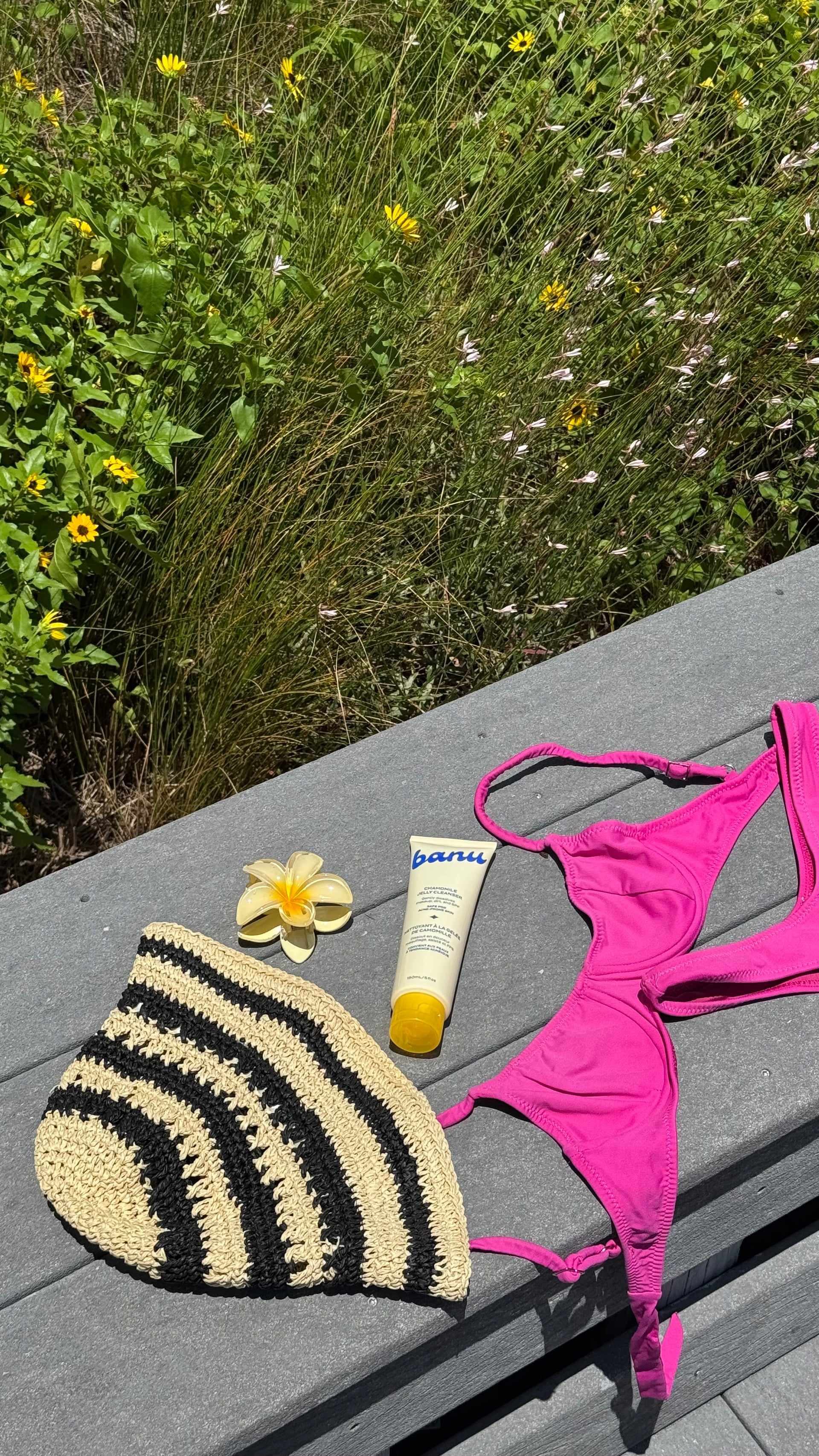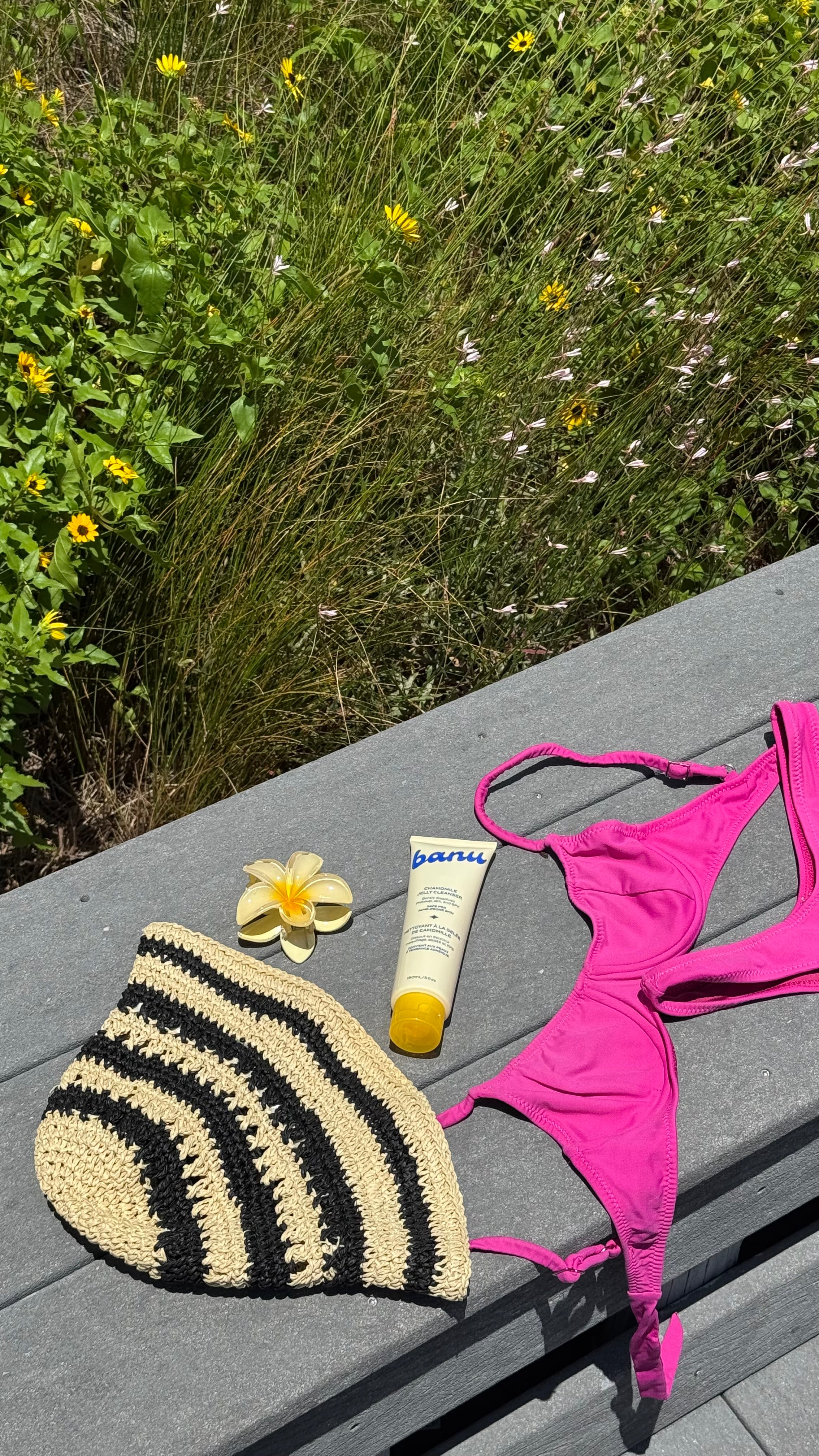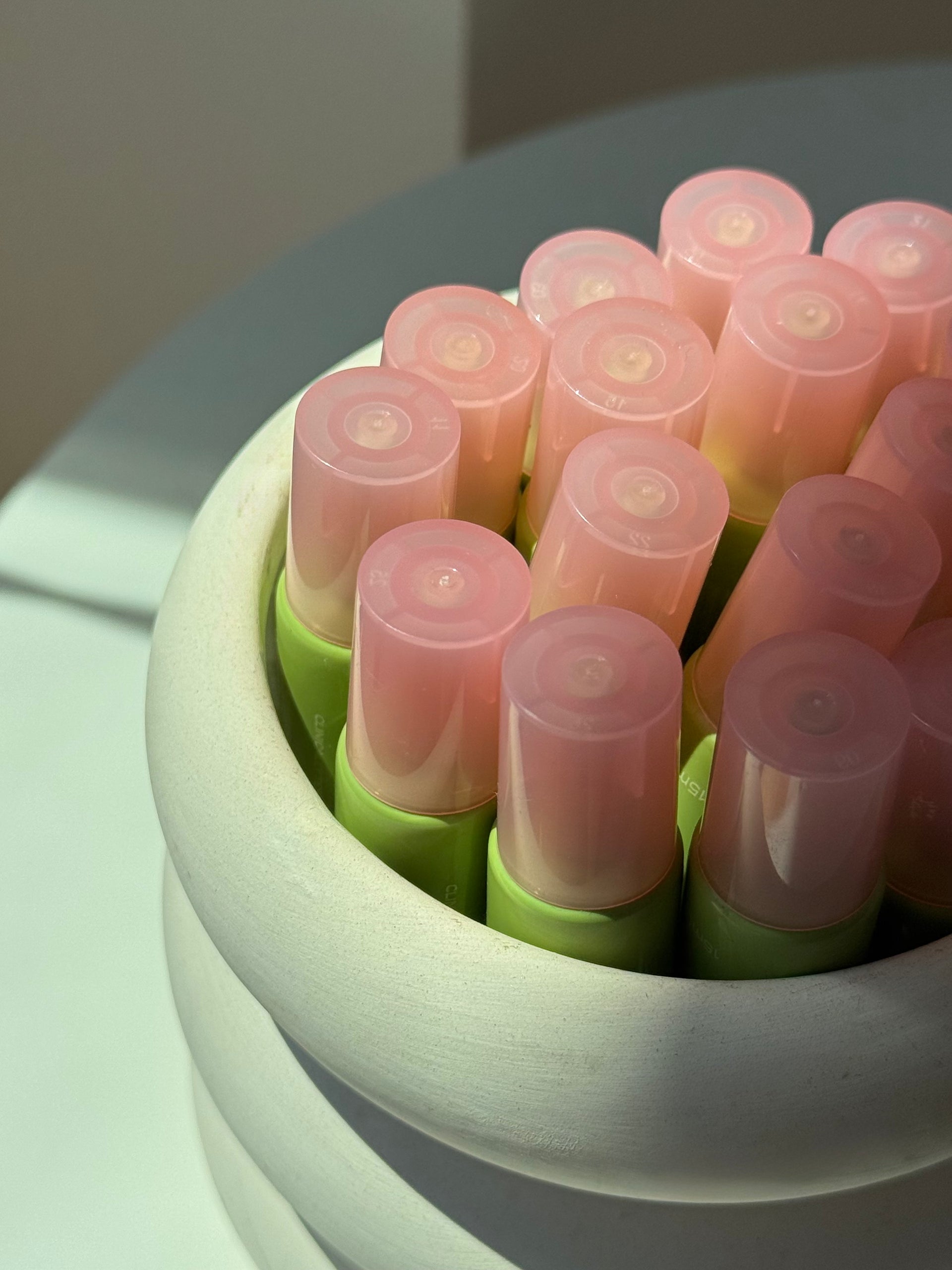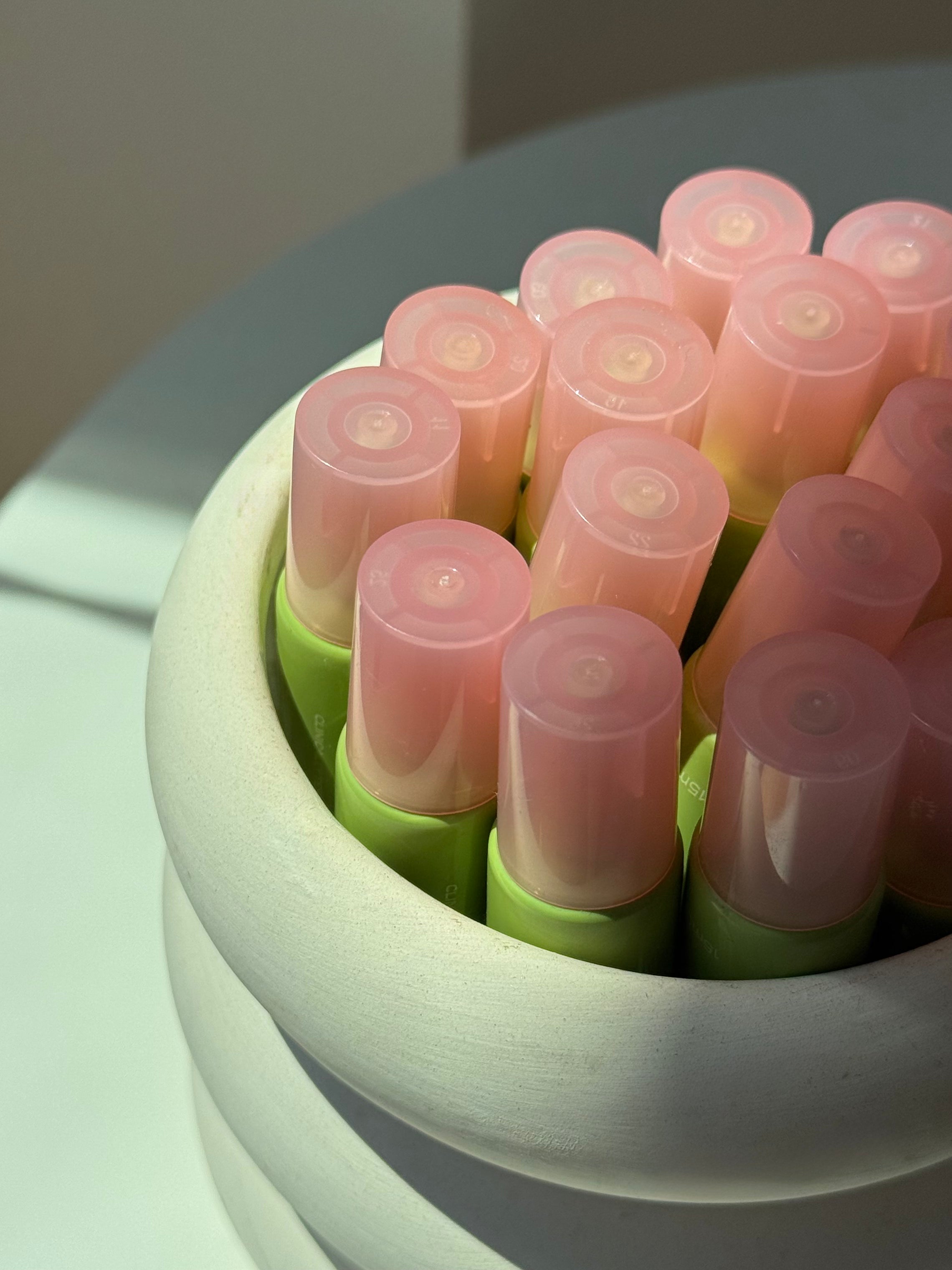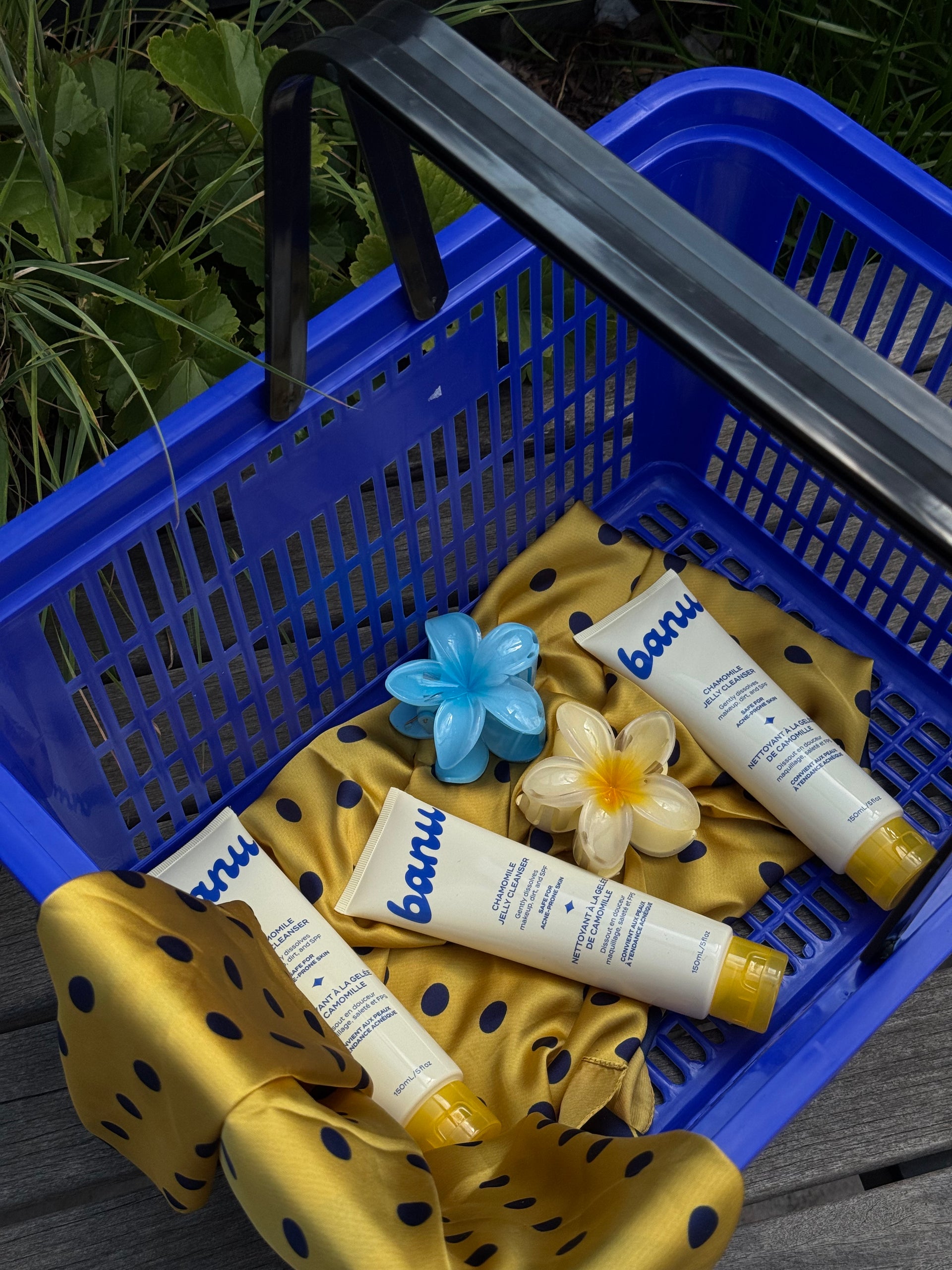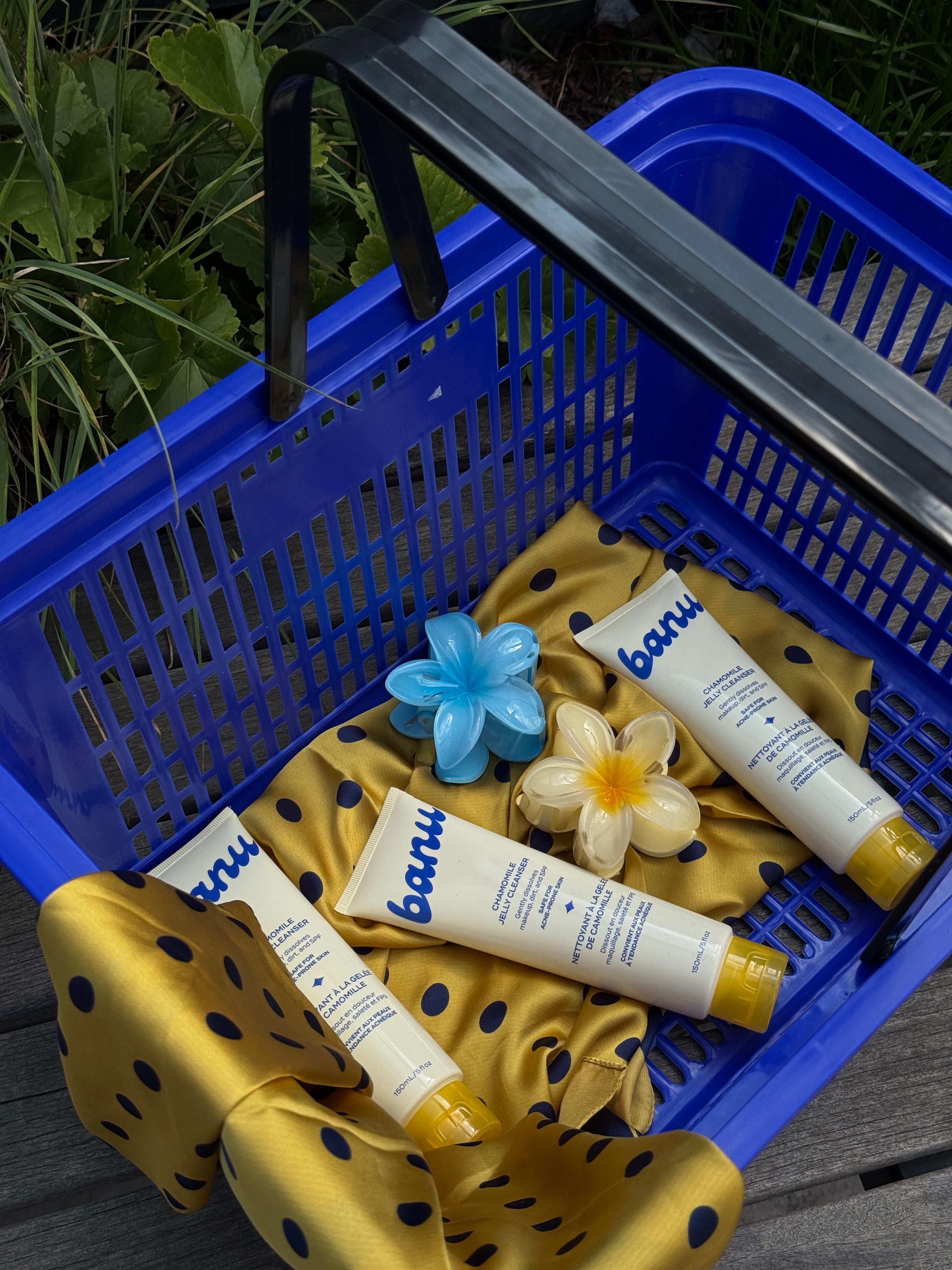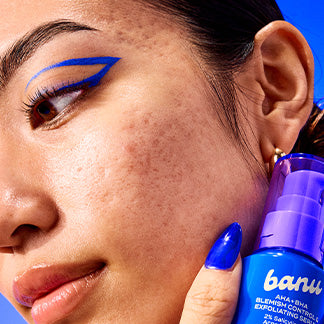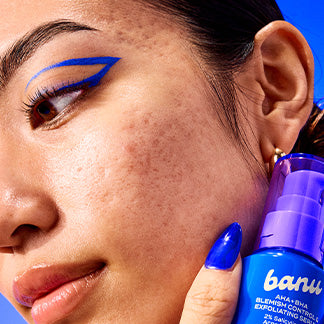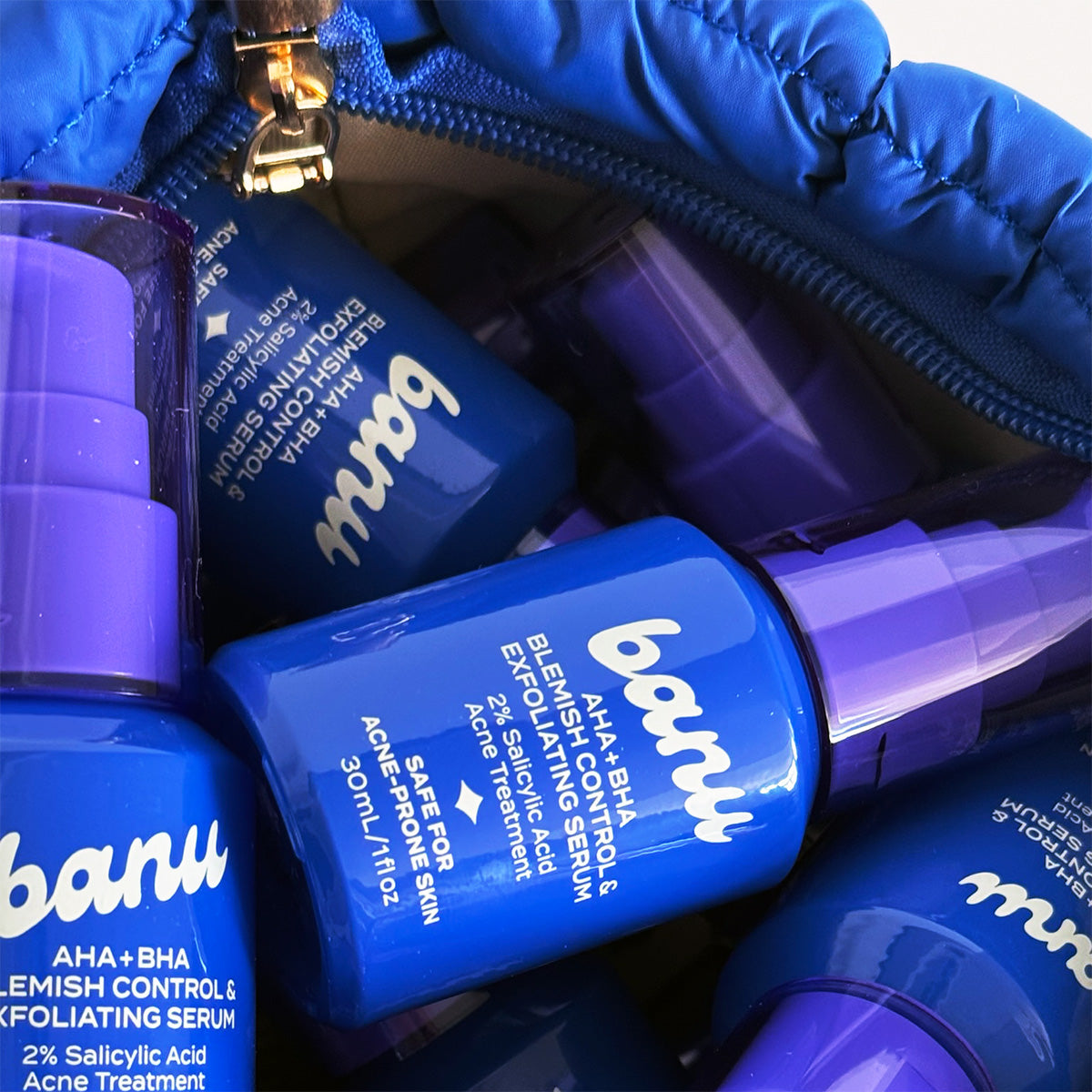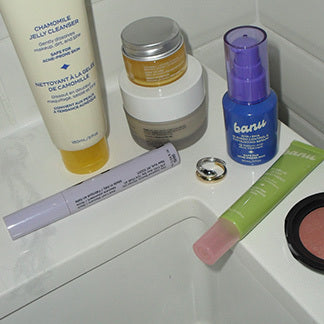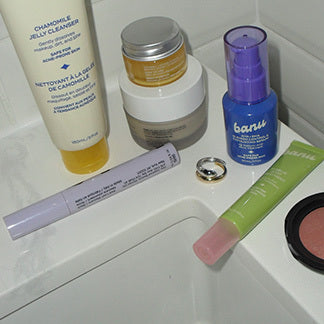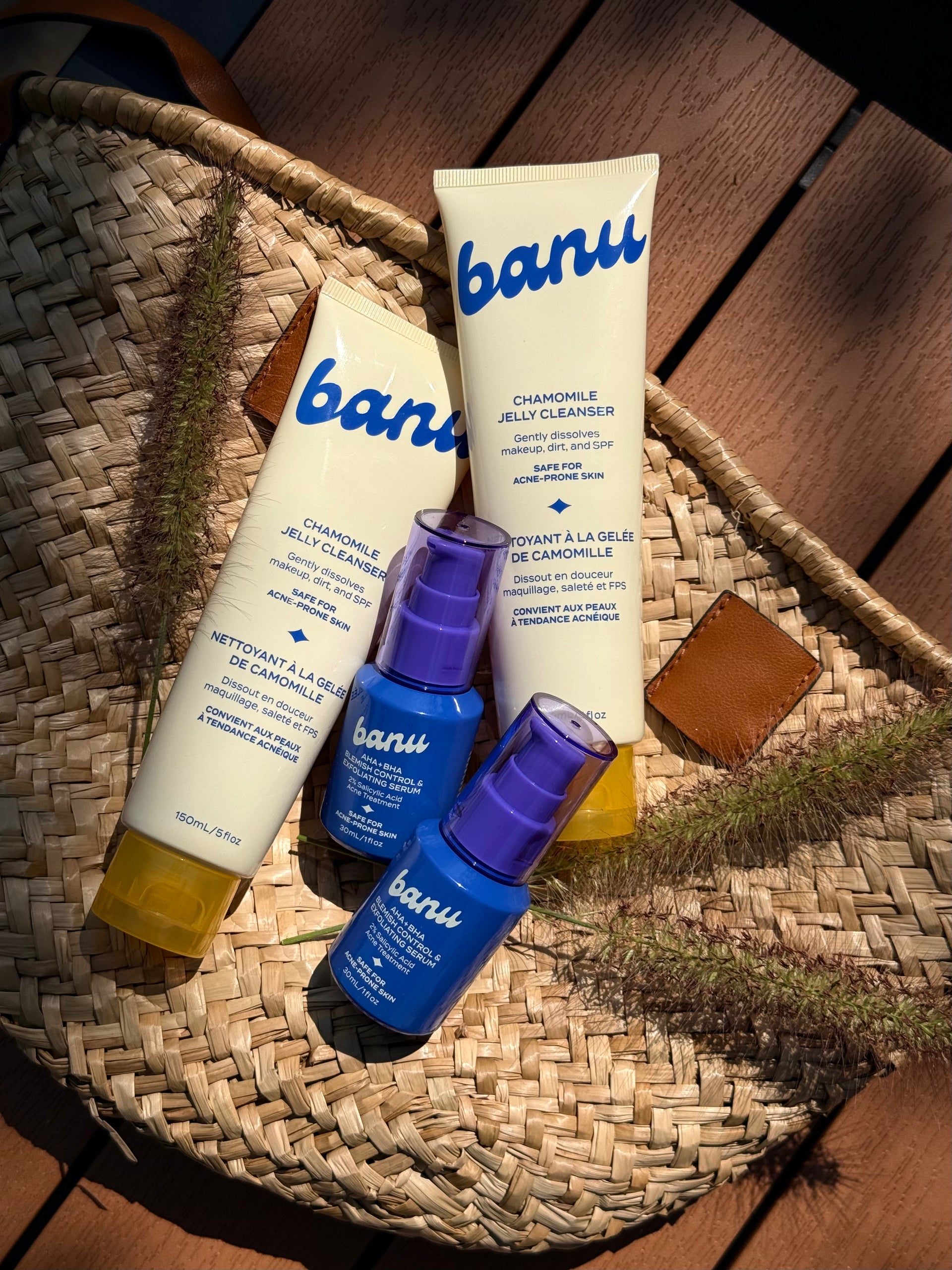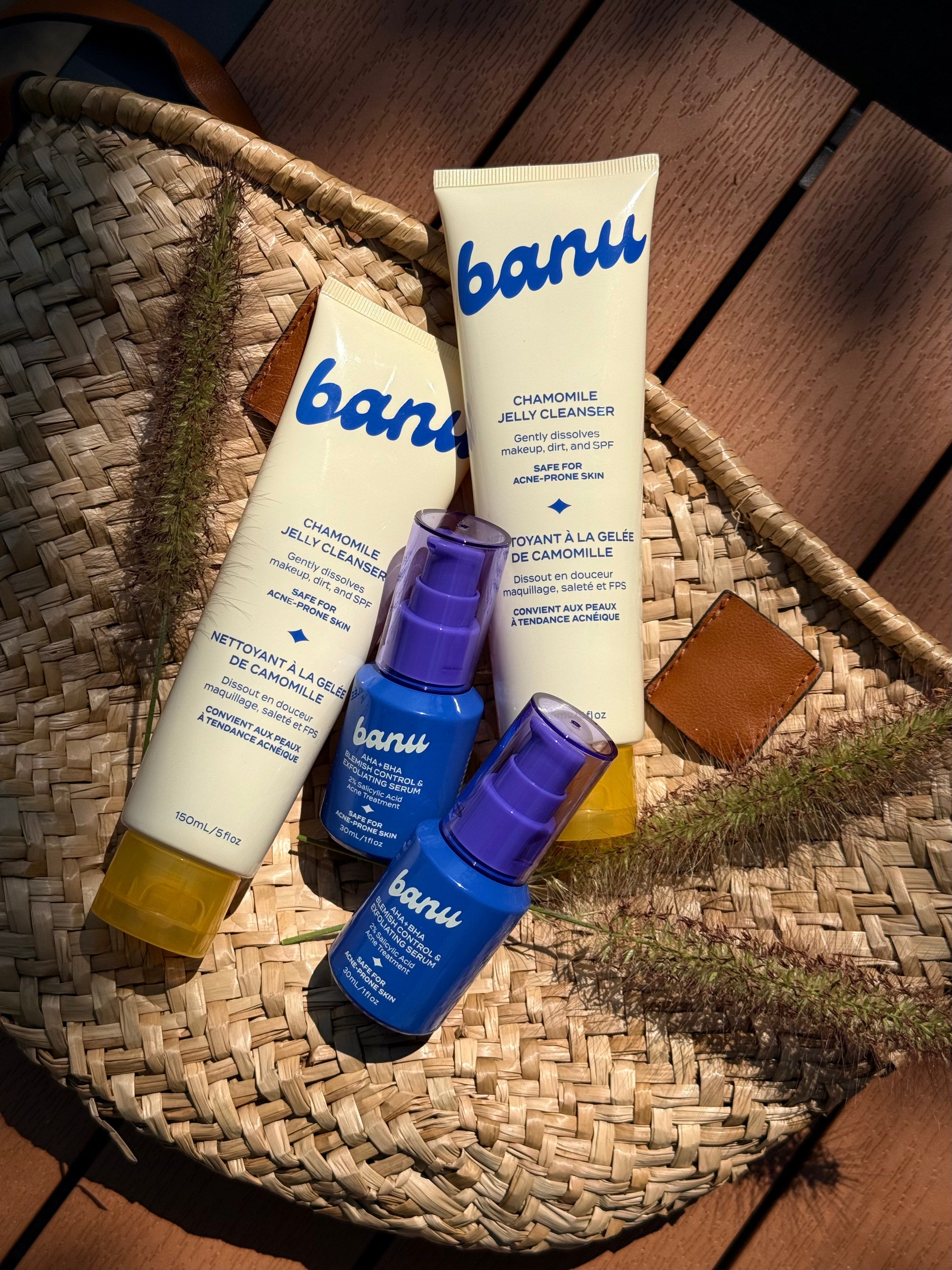Z(it) Happens / Diet & Lifestyle
Easy Acne-Friendly Swaps You Can Make in Your Kitchen
11 June, 2025

by banu editorial team
Let’s get one thing clear: food doesn’t cause acne. But your diet can absolutely influence it—especially if you’re already prone to breakouts.
Research shows that certain ingredients (especially high-glycemic carbs and dairy) may worsen acne by affecting hormones, oil production, and inflammation. The good news? You don’t have to give up all your favorite foods to see clearer skin. Just a few thoughtful swaps, all of which are part of a healthy diet, can make a real difference over time.
These acne-friendly food swaps are designed to reduce triggers—not joy.
1. Swap Cow’s Milk for Non-Dairy Options
Some studies show a link between cow’s milk and acne, especially skim milk, which may influence hormone levels like IGF-1.
✅ Try instead:
- Unsweetened almond milk
- Hemp, oat, or macadamia milk
-
Sheep’s milk or goat cheese (some people tolerate these better)
Good to know: Not all dairy products are an acne trigger—but if your acne breakouts cluster around your cycle or cheeks/jawline, try going dairy-free for 3-4 weeks and track your skin.
2. Swap Sugary Cereals for Protein-Packed Breakfasts
High-glycemic foods (like sugary cereals, white rice, and white toast) spike your insulin and blood glucose levels, which may boost oil production and trigger breakouts.
✅ Try instead:
- Scrambled eggs with spinach and avocado
- Oatmeal with chia seeds, cinnamon, and almond butter
- Greek yogurt (if tolerated) with flaxseed and berries
Tip: Low glycemic index meals rich in lean proteins, leafy greens, and healthy fats can help regulate insulin and reduce excess sebum production.
3. Swap Peanut Butter for Almond or Seed Butter
Peanuts can be inflammatory for some acne-prone skin due to their high omega-6 fatty acid content and potential mold contamination.
✅ Try instead:
- Almond butter (rich in zinc and vitamin E)
- Pumpkin seed butter (naturally high in zinc)
- Sunflower seed butter (nut-free and skin-friendly)
Tip: Just make sure your nut or seed butter is unsweetened and free of added oils like soybean or palm.
4. Swap White Bread and Pasta for Whole Grains or Legume Pasta
Refined carbs break down quickly in the body and may contribute to hormonal imbalance, triggering acne in some individuals.
✅ Try instead:
- Brown rice, quinoa, or farro
- Chickpea, lentil, or black bean pasta
- Sourdough (easier to digest and lower-glycemic than white bread)
Good to know: These choices support a more balanced diet while reducing spikes in blood glucose levels associated with high glycemic index foods.
5. Swap Soda and Sweetened Coffee Drinks for Skin-Smart Hydration
Sugar-sweetened beverages are among the worst offenders when it comes to blood sugar spikes, which can increase inflammation and sebum.
✅ Try instead:
- Sparkling water with lime or cucumber
- Herbal teas like spearmint, rooibos, or ginger
- Matcha or green tea (with minimal sweetener)
- Homemade iced tea with fresh lemon and a touch of honey
Bonus: Spearmint tea may help lower androgens—the hormones linked to hormonal acne.
6. Swap Fried and Processed Snacks for Healthy Fats
Ultra-processed snacks and fried foods often contain oils high in omega-6s, which can throw off the skin’s inflammatory balance.
✅ Try instead:
- Roasted chickpeas
- Nuts and seeds
- Seaweed snacks
- Avocado toast (on whole grain or GF bread)
Tip: Focus on anti-inflammatory fats (good fats) like olive oil, avocados, chia seeds, and fatty fish, like salmon, to support your skin barrier from the inside out.
7. Swap Sugary Treats and Baked Goods for Antioxidant-Rich Options
You don’t have to cut out sweets entirely—but swapping refined sugar for antioxidant-rich options helps reduce inflammation and supports skin healing.
✅ Try instead:
- Frozen grapes or banana slices with almond butter
- 70%+ dark chocolate
- Berries with coconut cream
- Medjool dates with sunflower seed butter
Good to Know: These swaps still satisfy your sweet tooth—without the insulin spike.
8. Bonus: Spice It Up With Skin-Supportive Herbs
Certain herbs and spices may naturally calm inflammation or support hormone balance.
Try incorporating:
- Cinnamon (helps regulate blood sugar)
- Turmeric (natural anti-inflammatory)
- Ginger (soothes digestive tract and skin)
-
Basil (antibacterial and rich in antioxidants)
A Note on Food & Acne
Food is never the sole cause of acne—but for many people, it can be a powerful lever. If you suspect a connection between what you eat and your breakouts, try keeping a skin journal to identify patterns.
What to track:
-
Breakout timing (before period? after certain meals?)
Dairy or sugar intake - Processed food frequency
-
Stress or sleep habits
Your skin is your body’s messenger, and paying attention to your dietary choices can help you identify patterns between meals and acne breakouts. These acne-safe food swaps aren’t about restriction; rather, they’re about creating a more skin-supportive environment from the inside out. Your skin’s response to food is unique—what works for someone else might not be your answer, and that’s okay.

Author
banu editorial team




